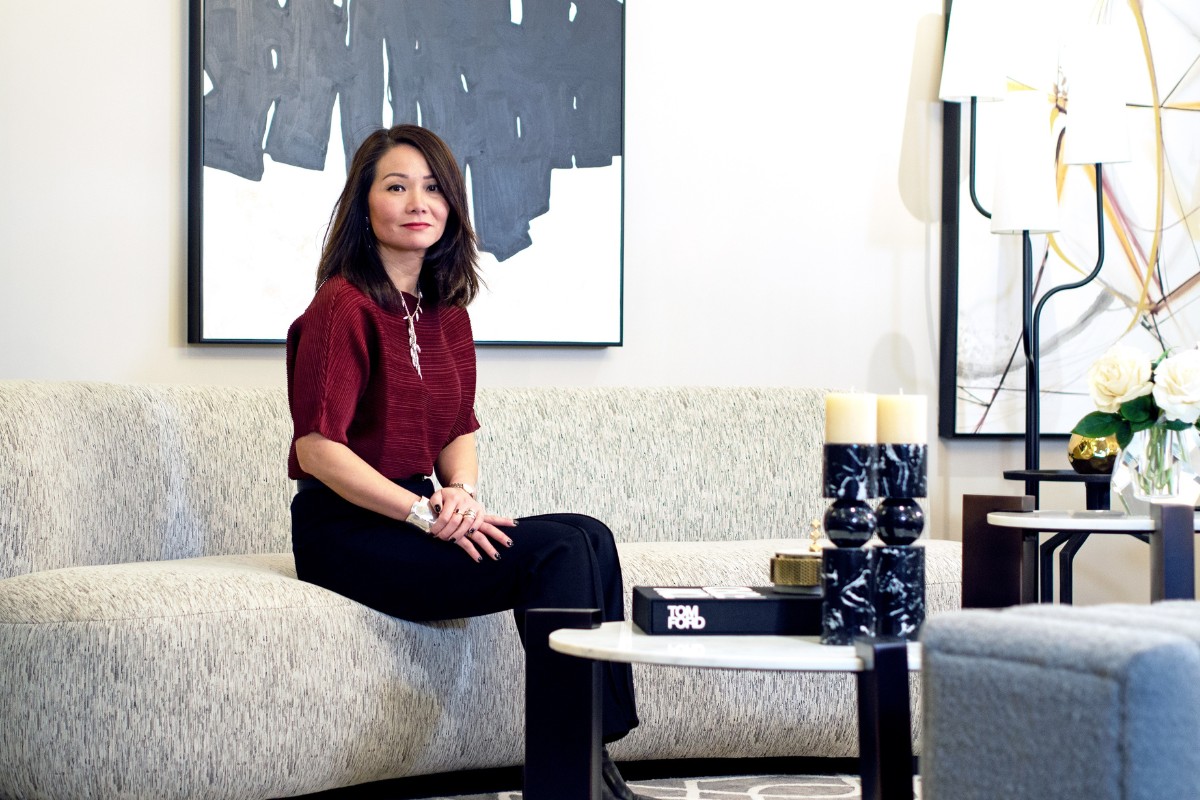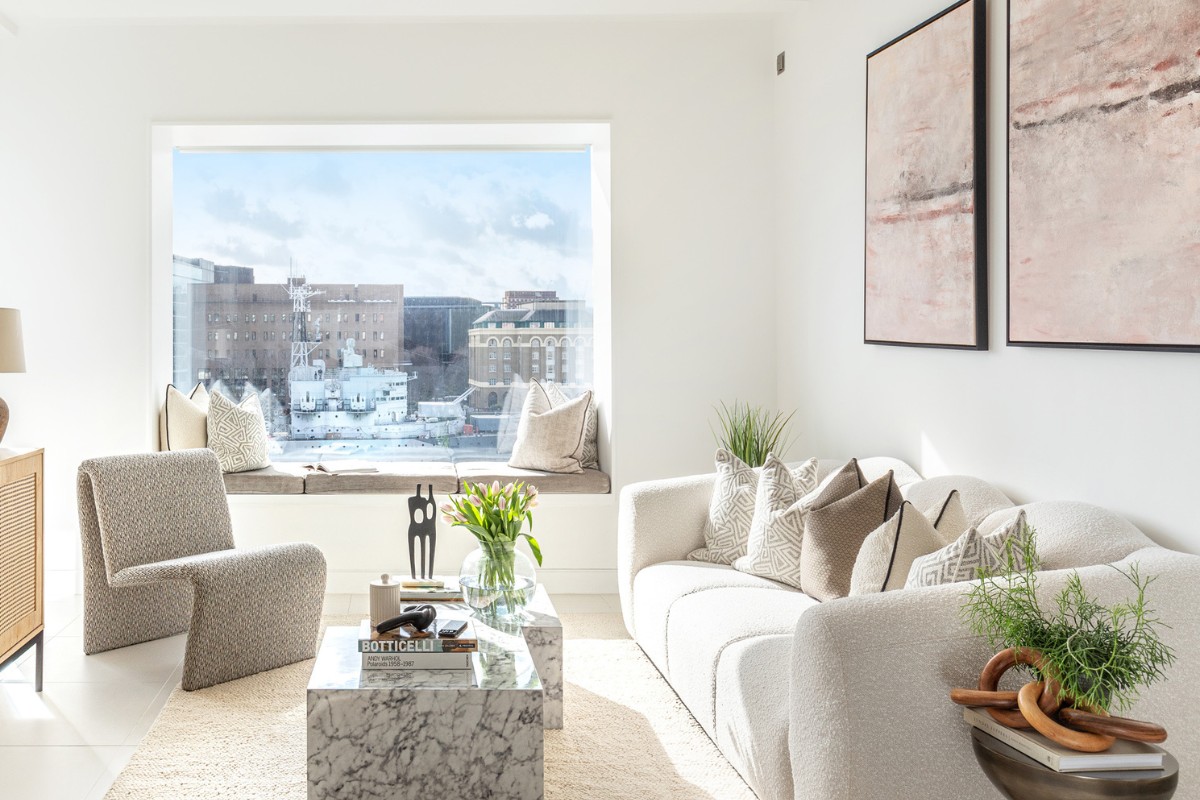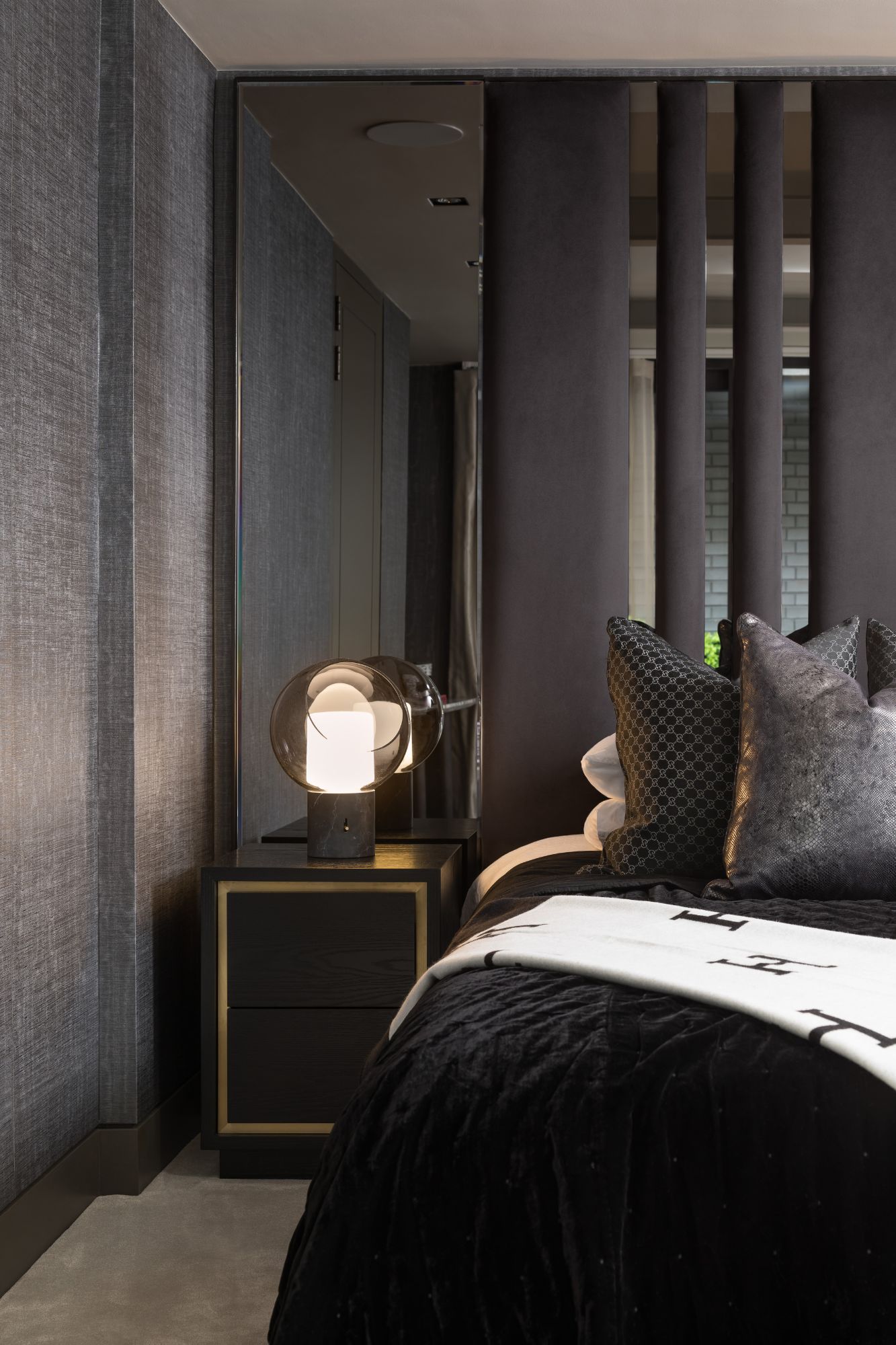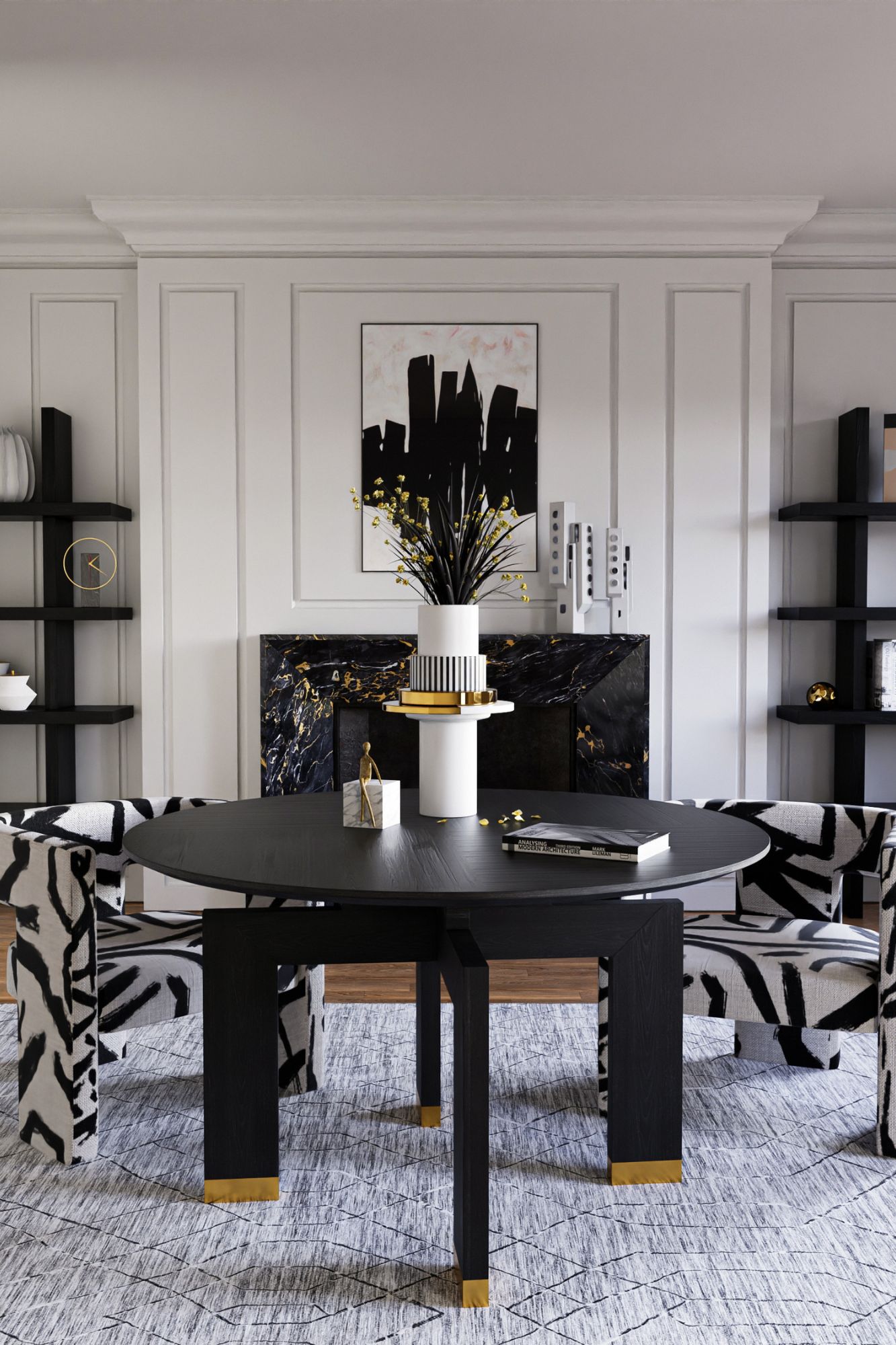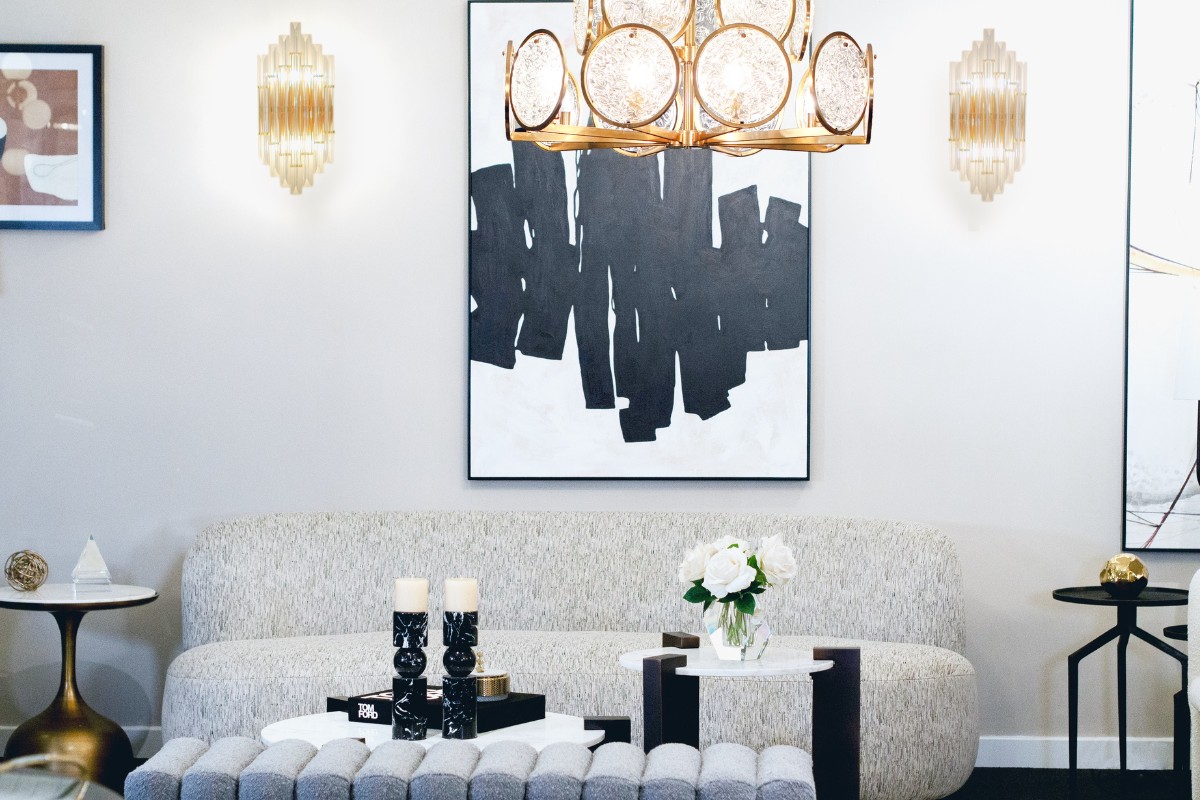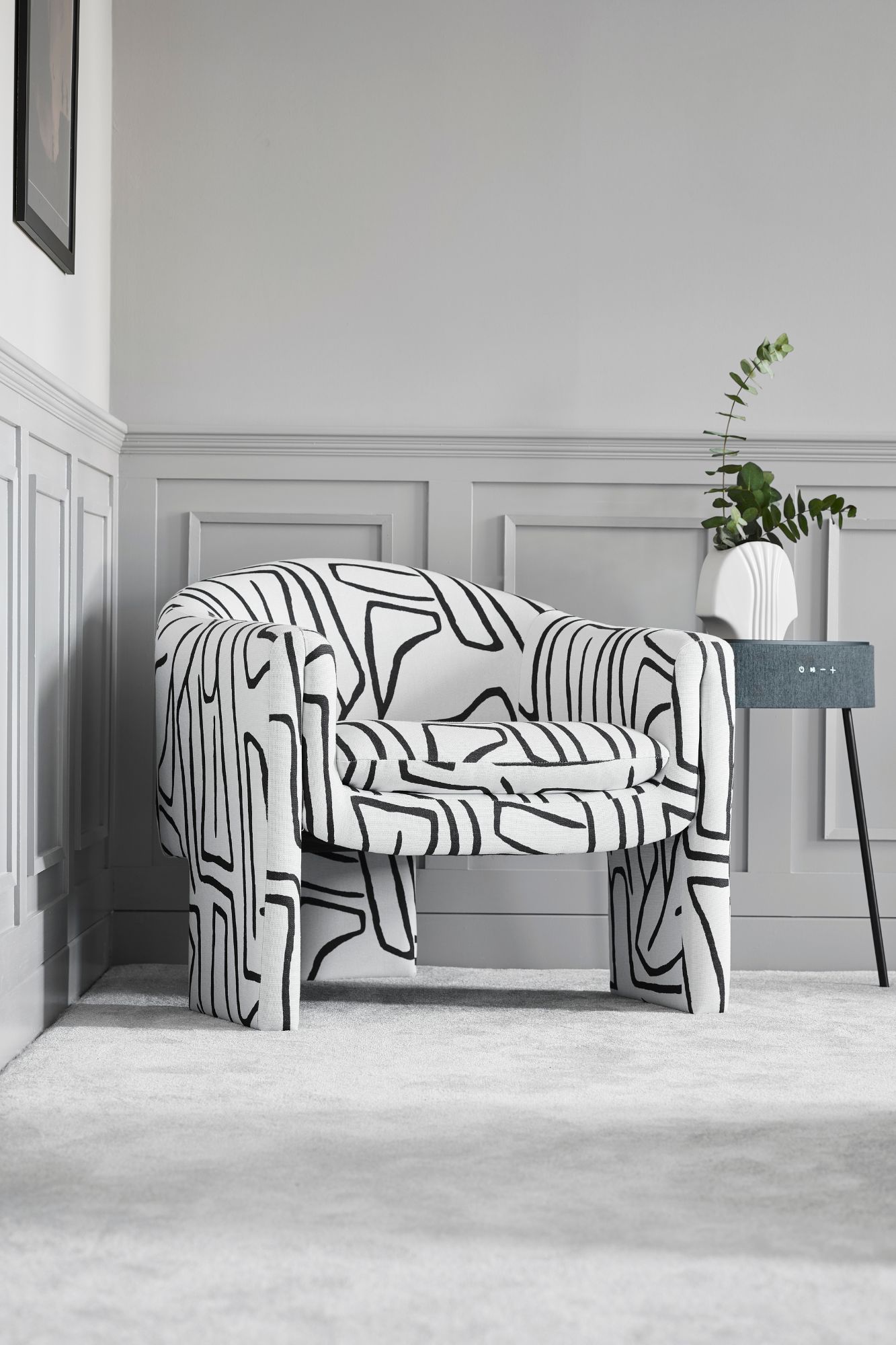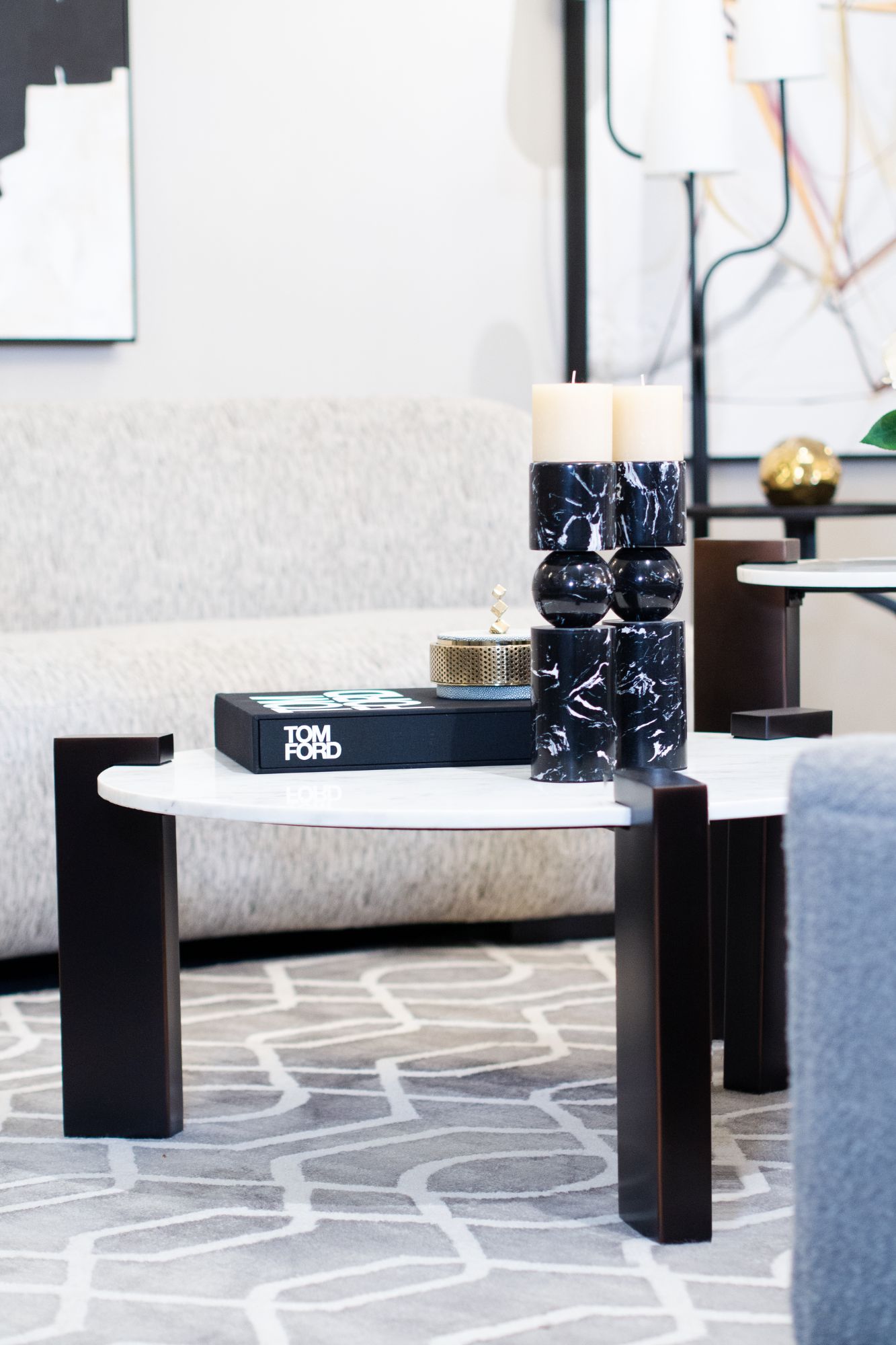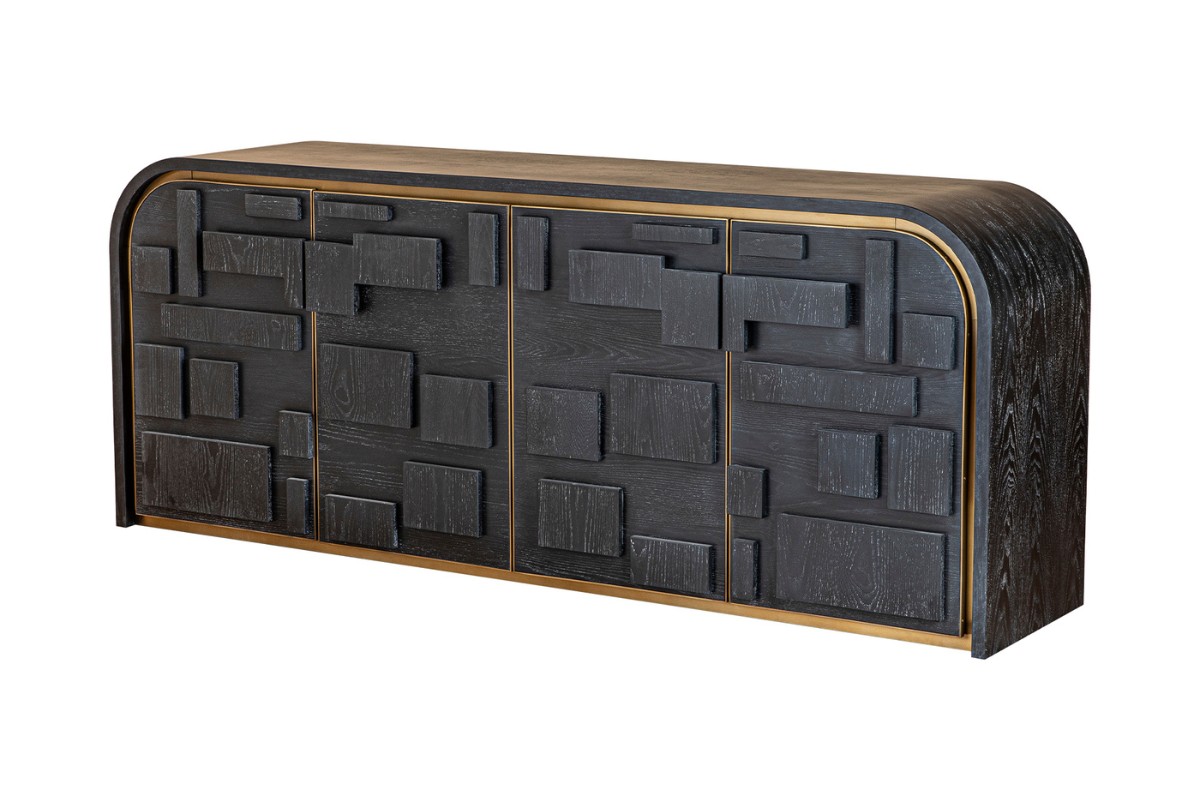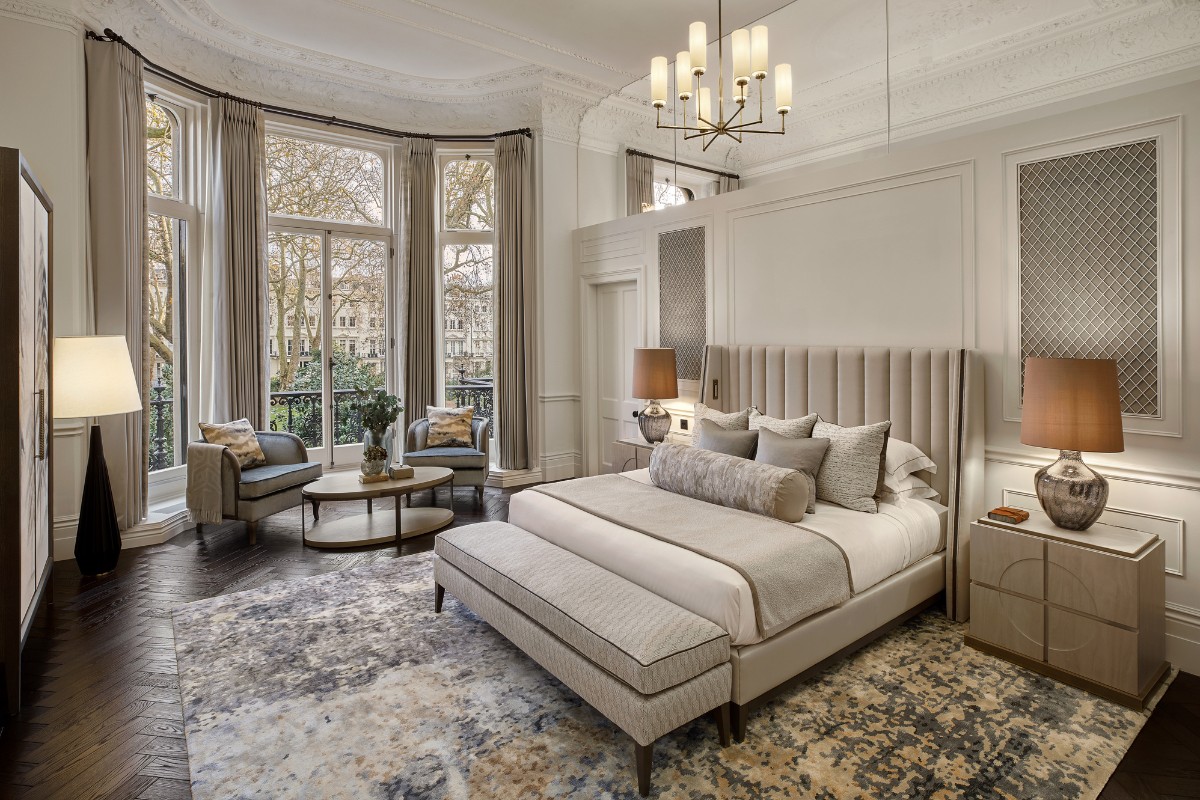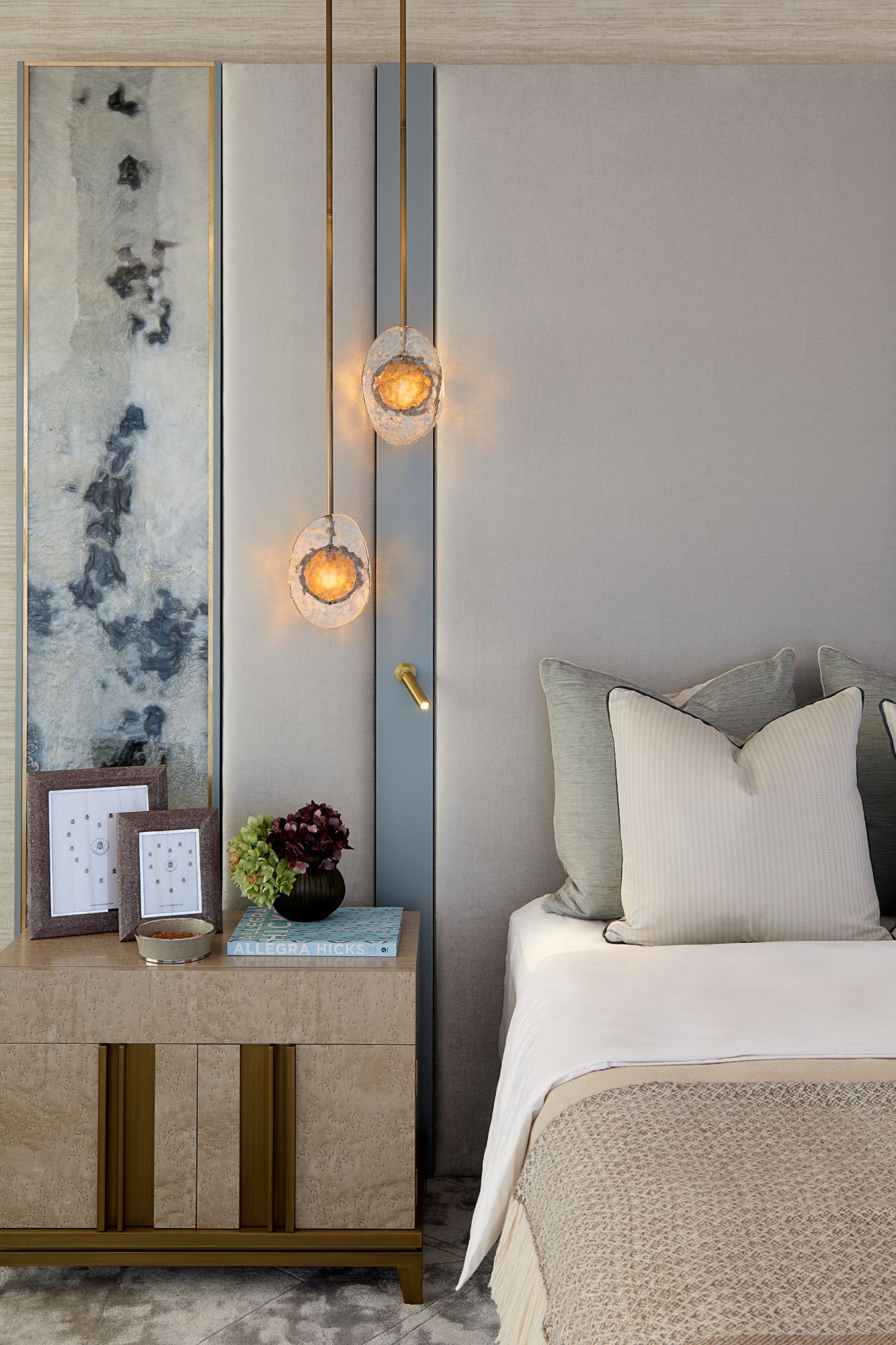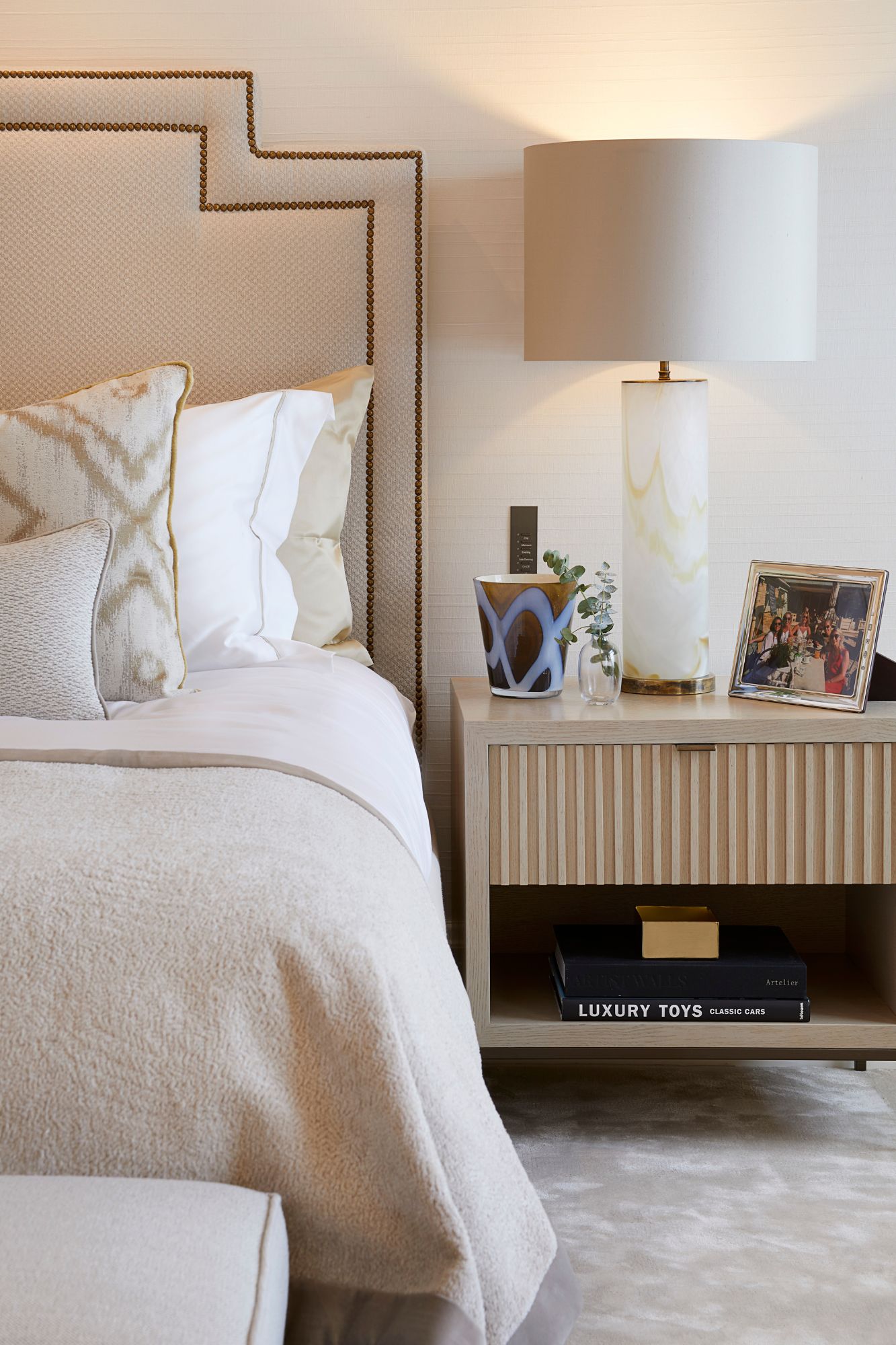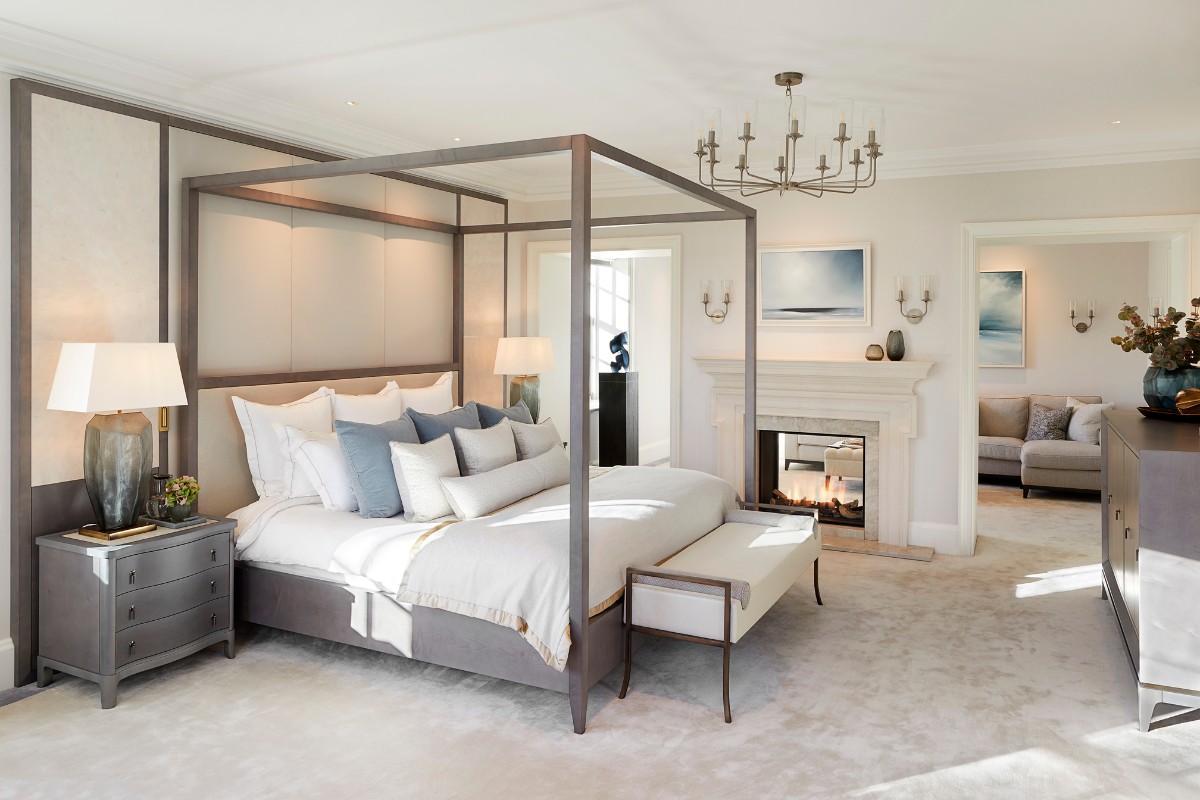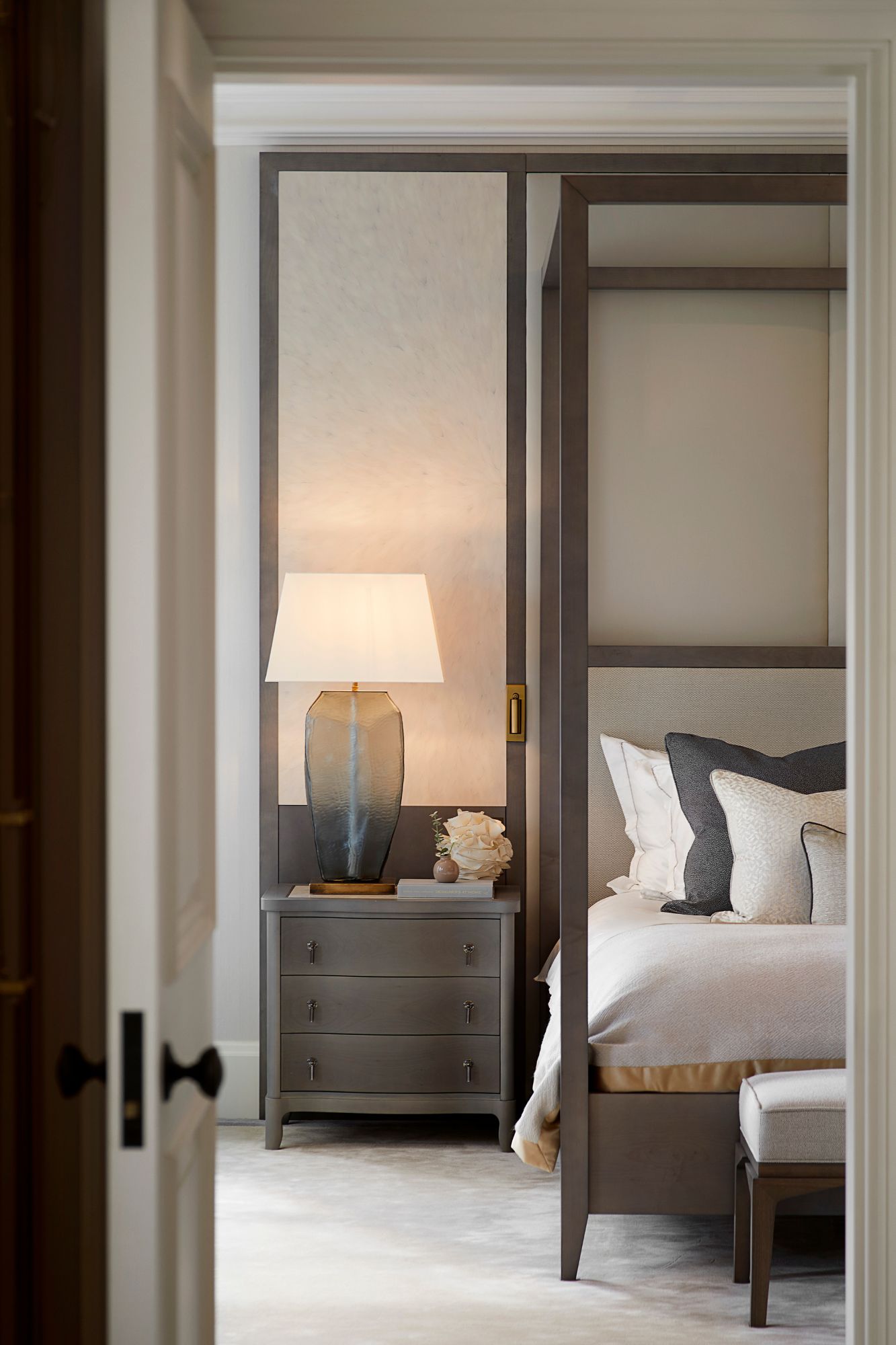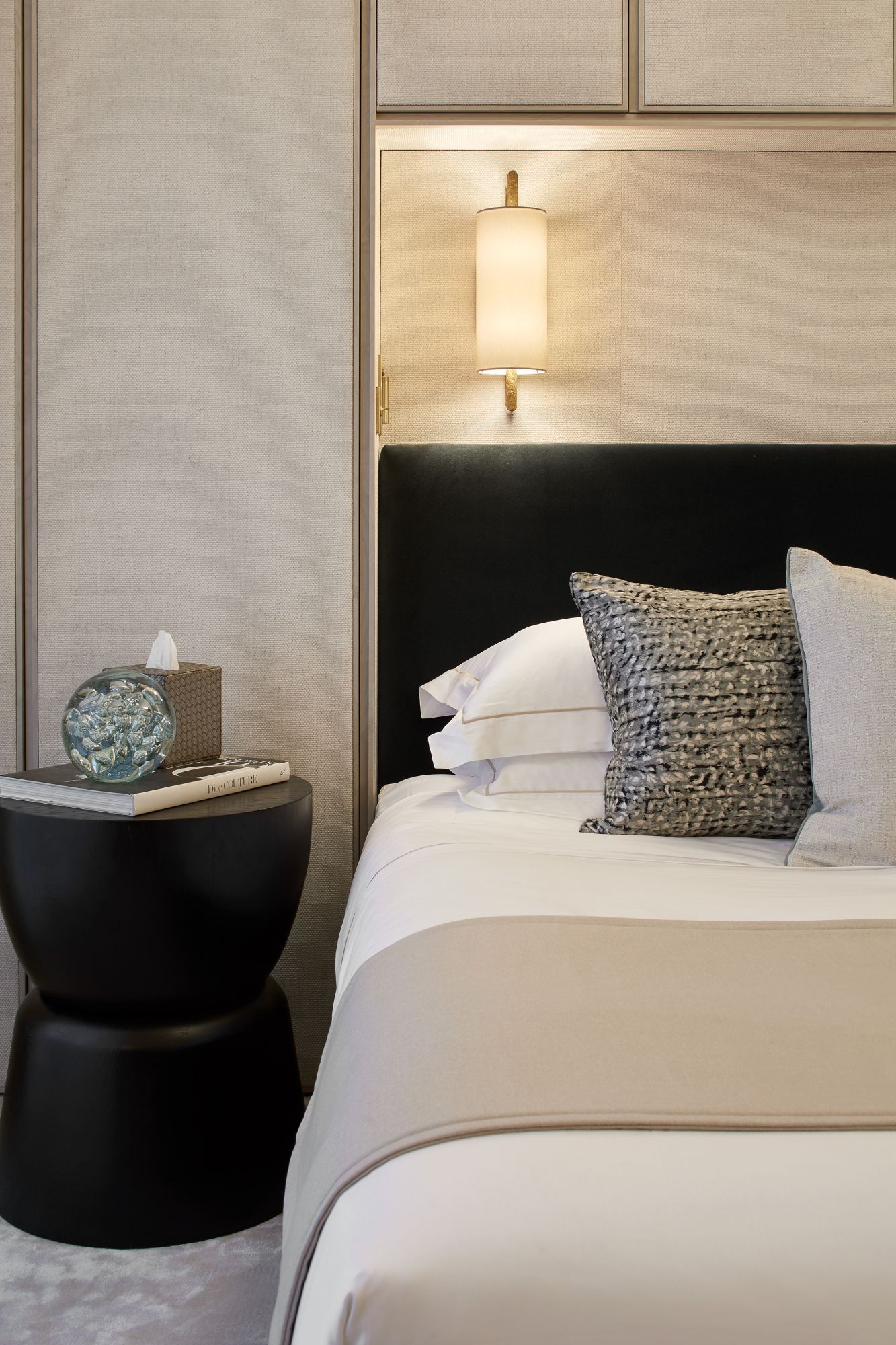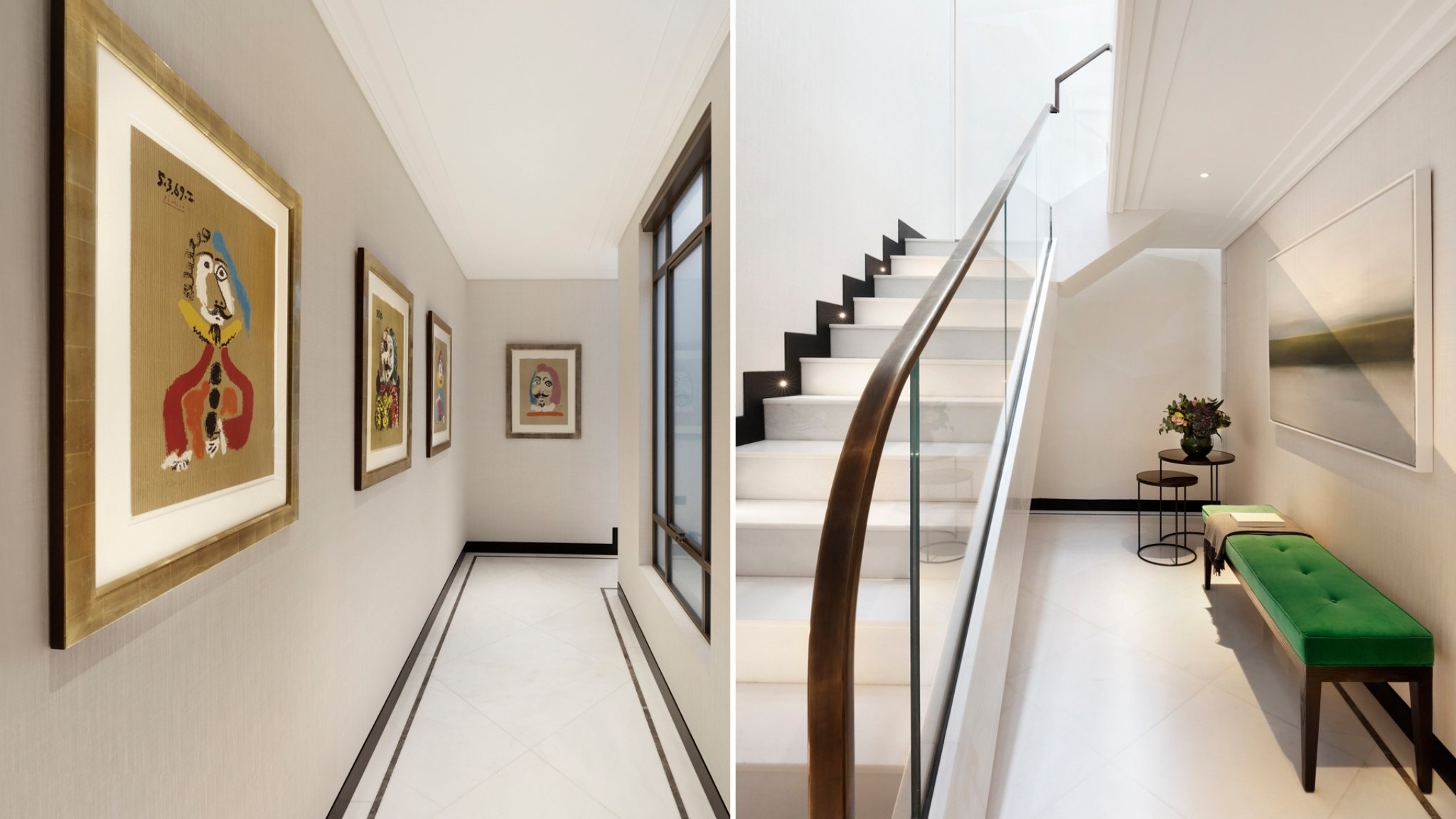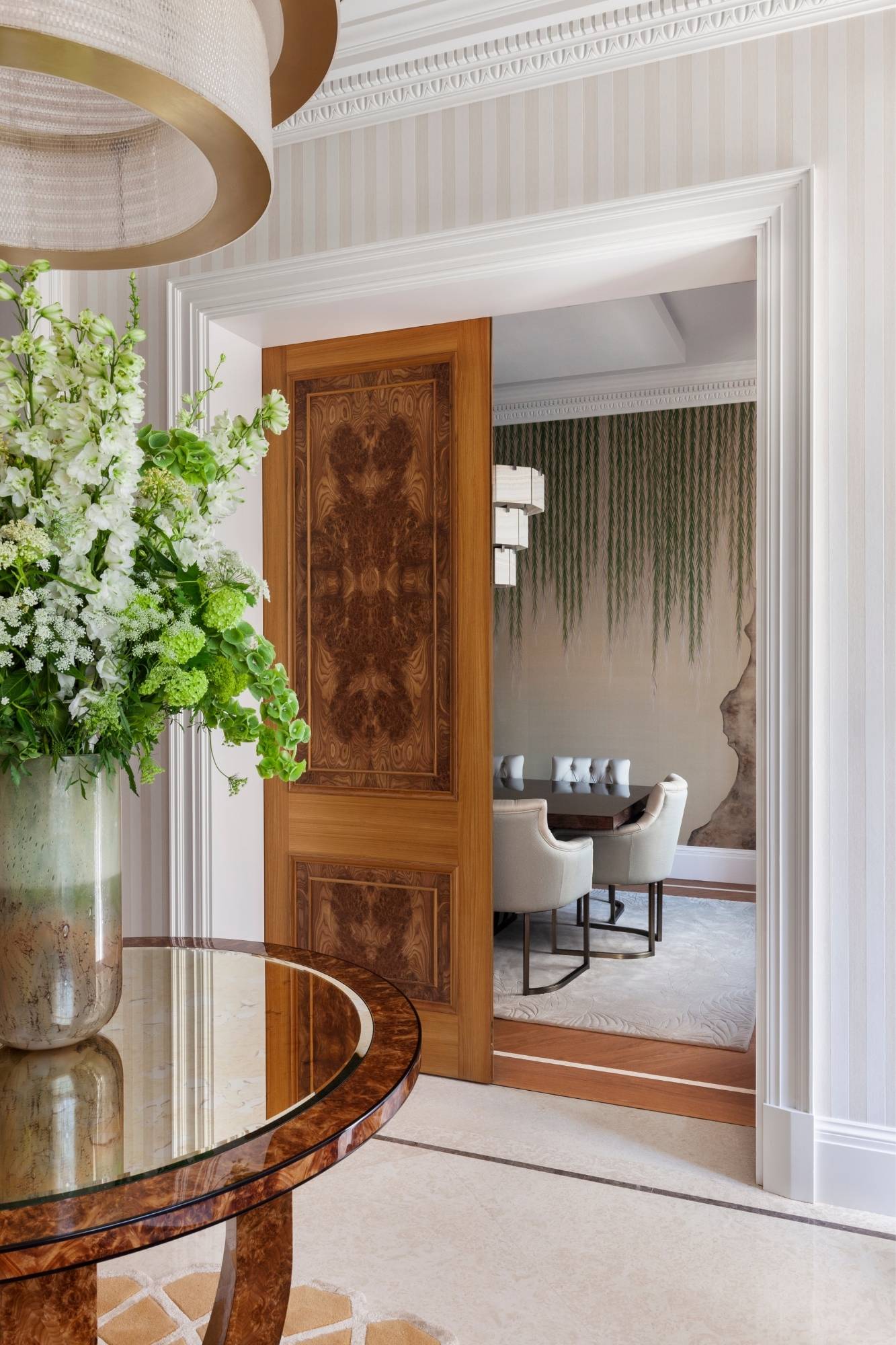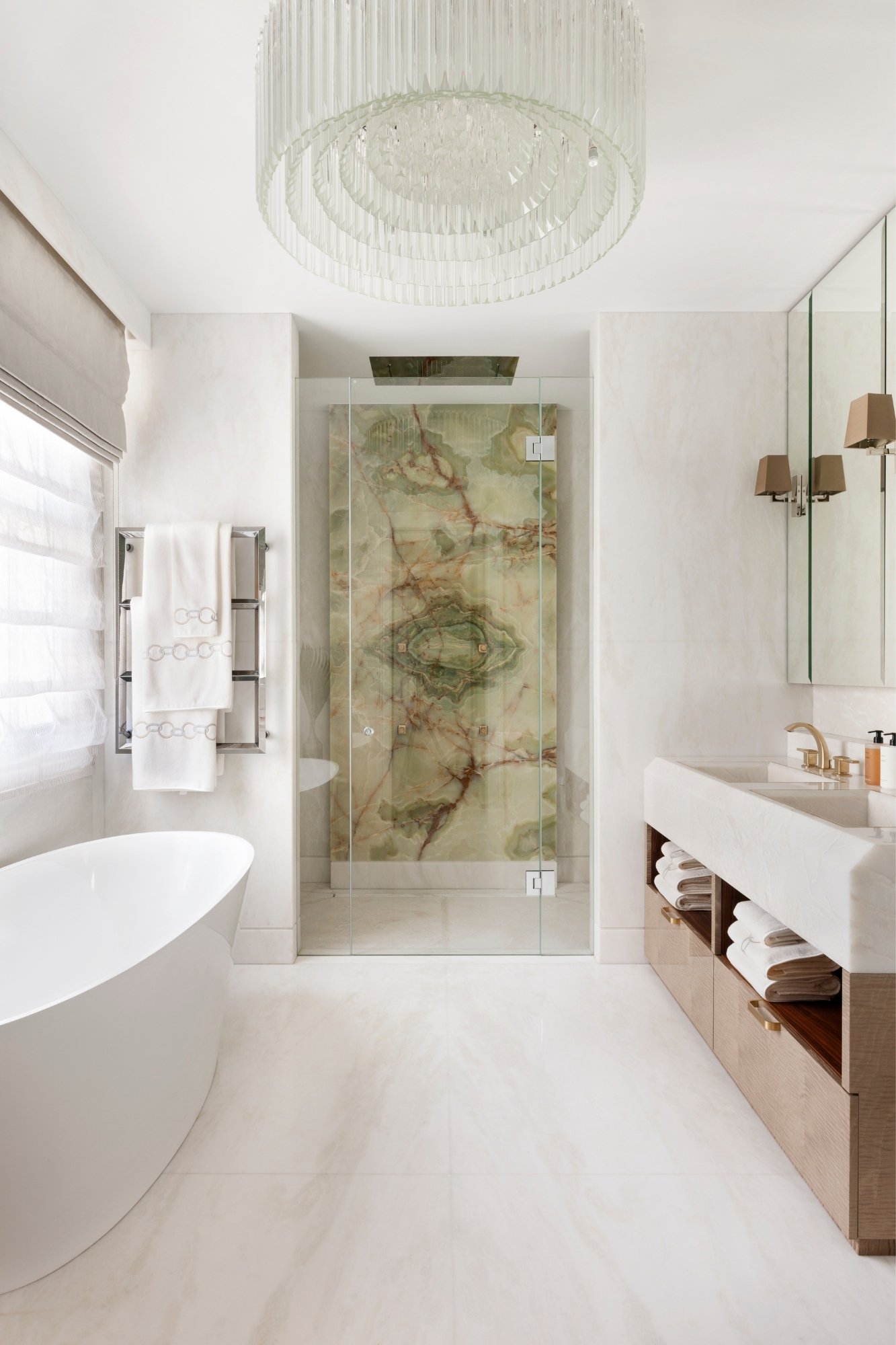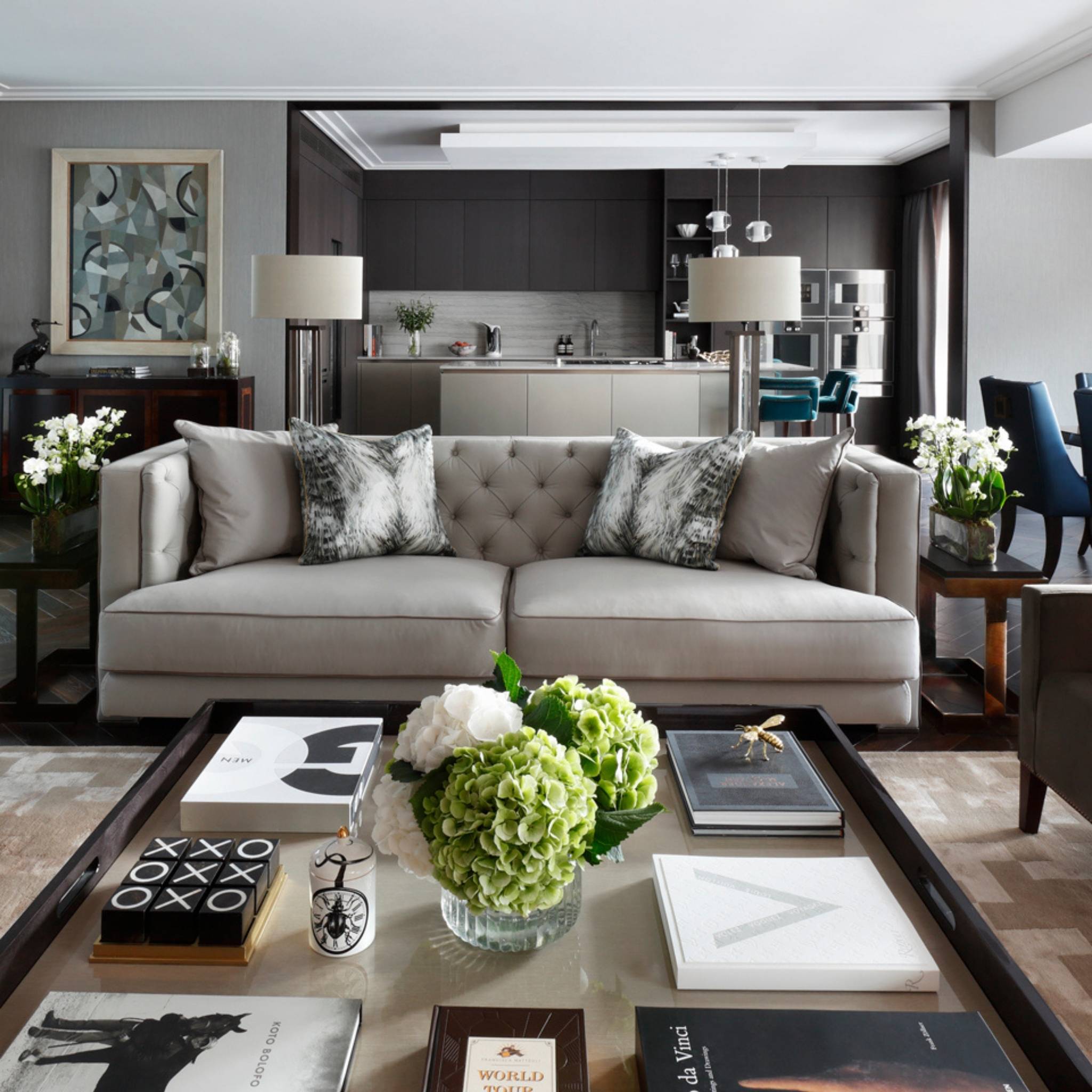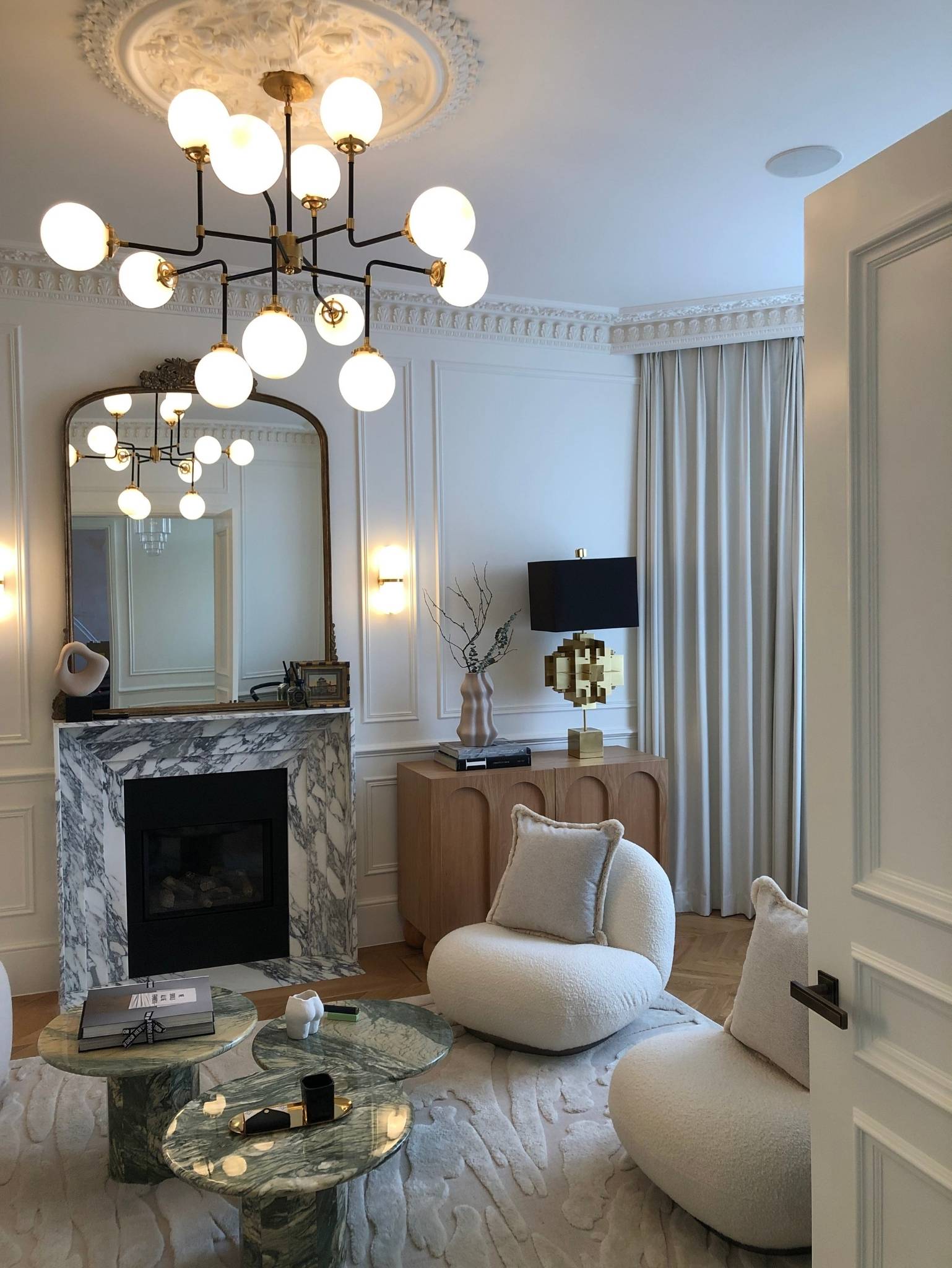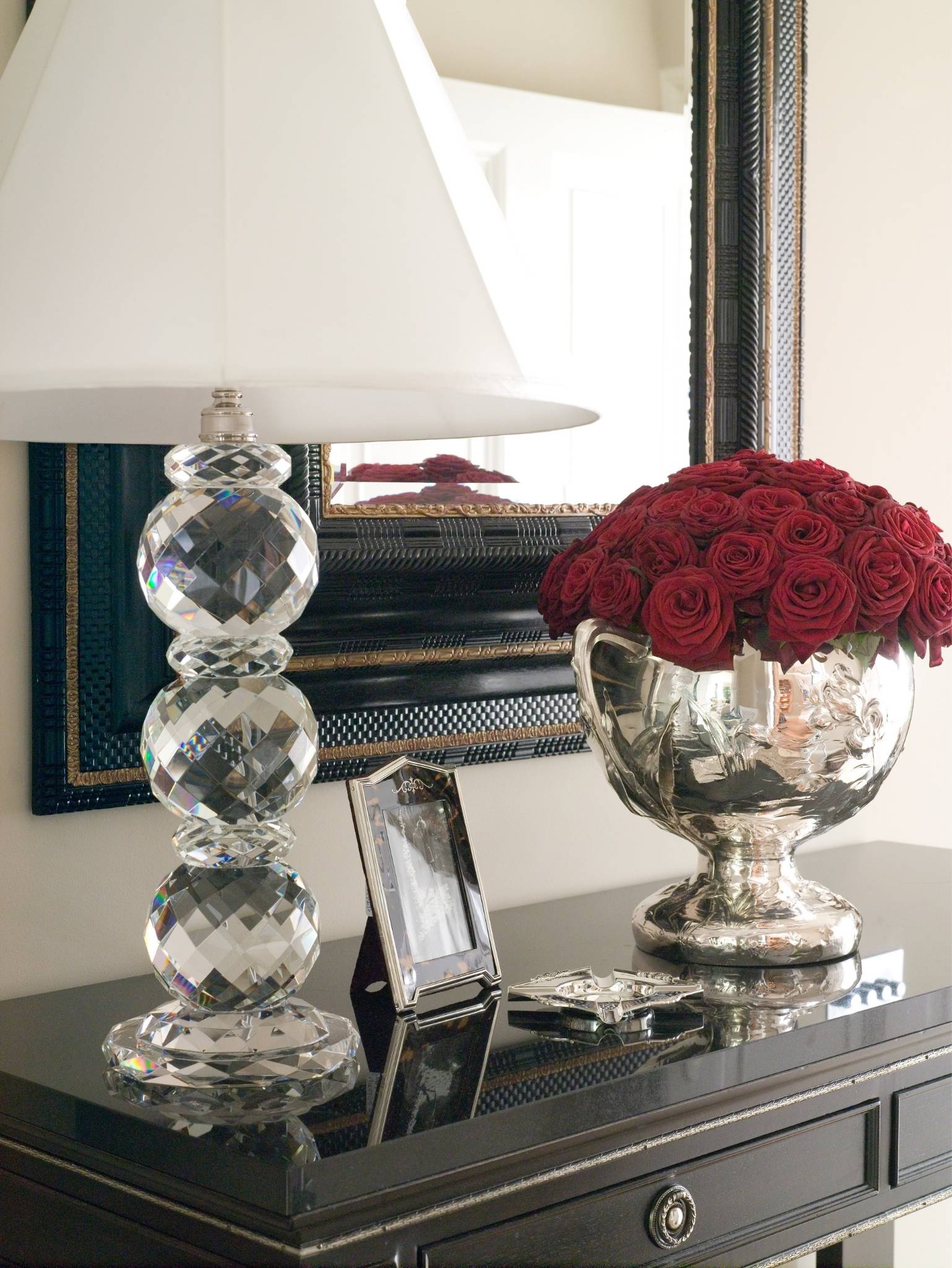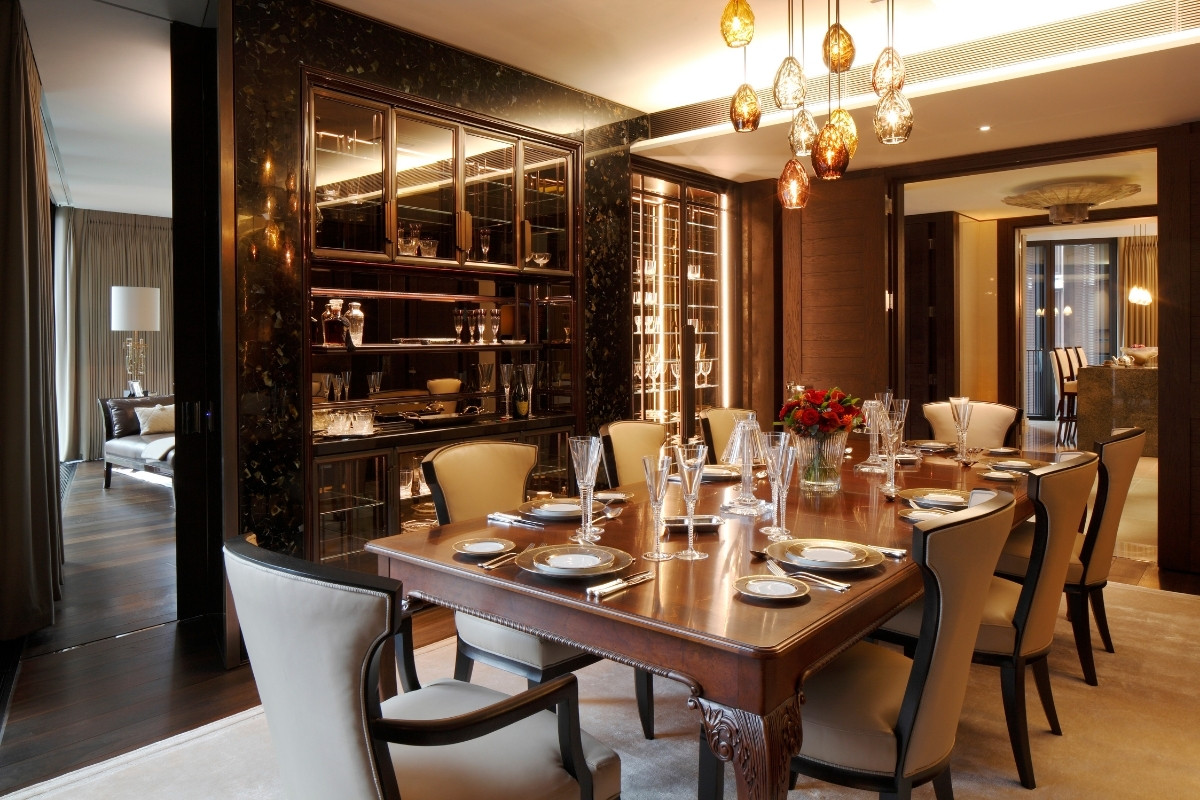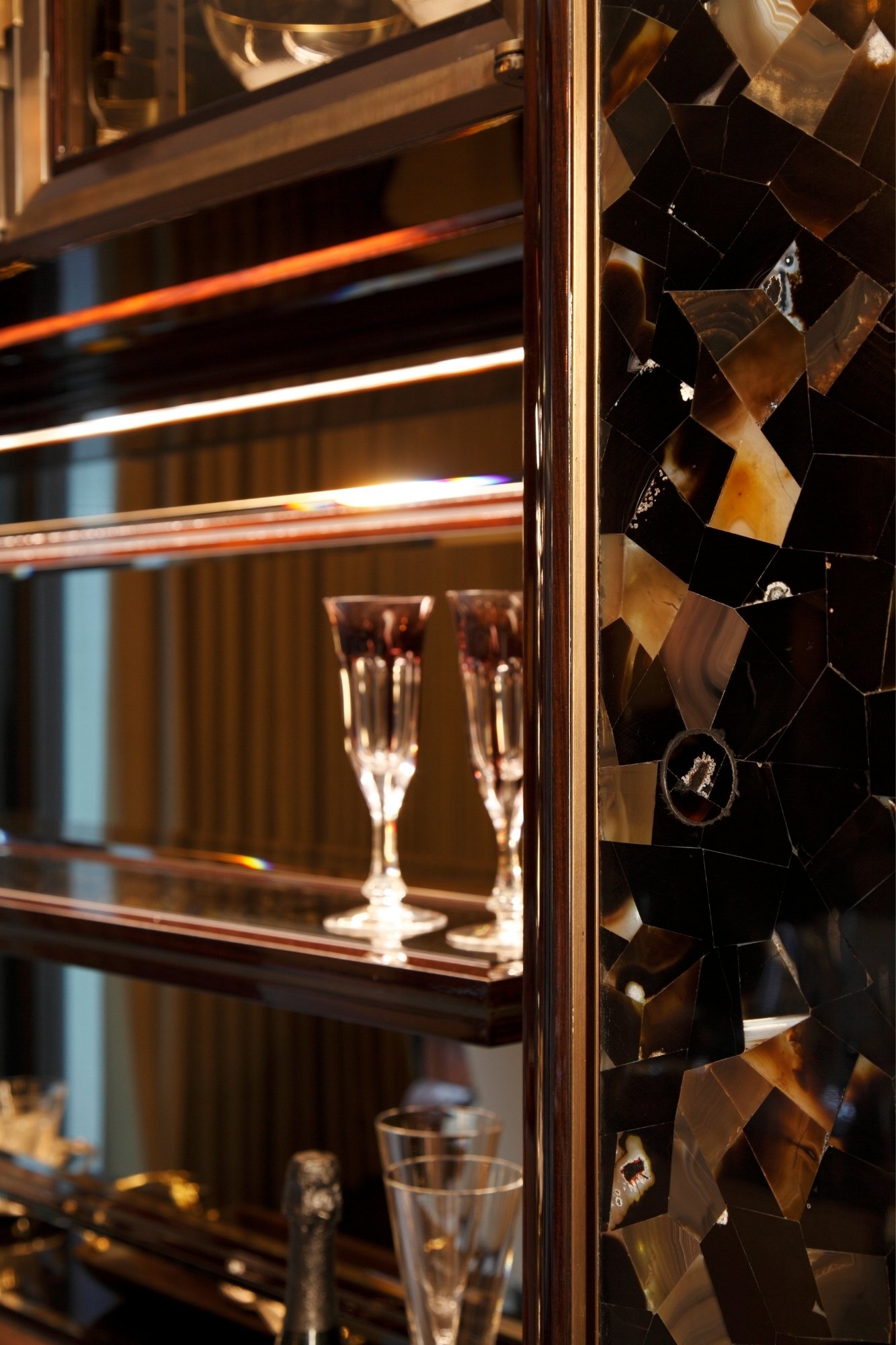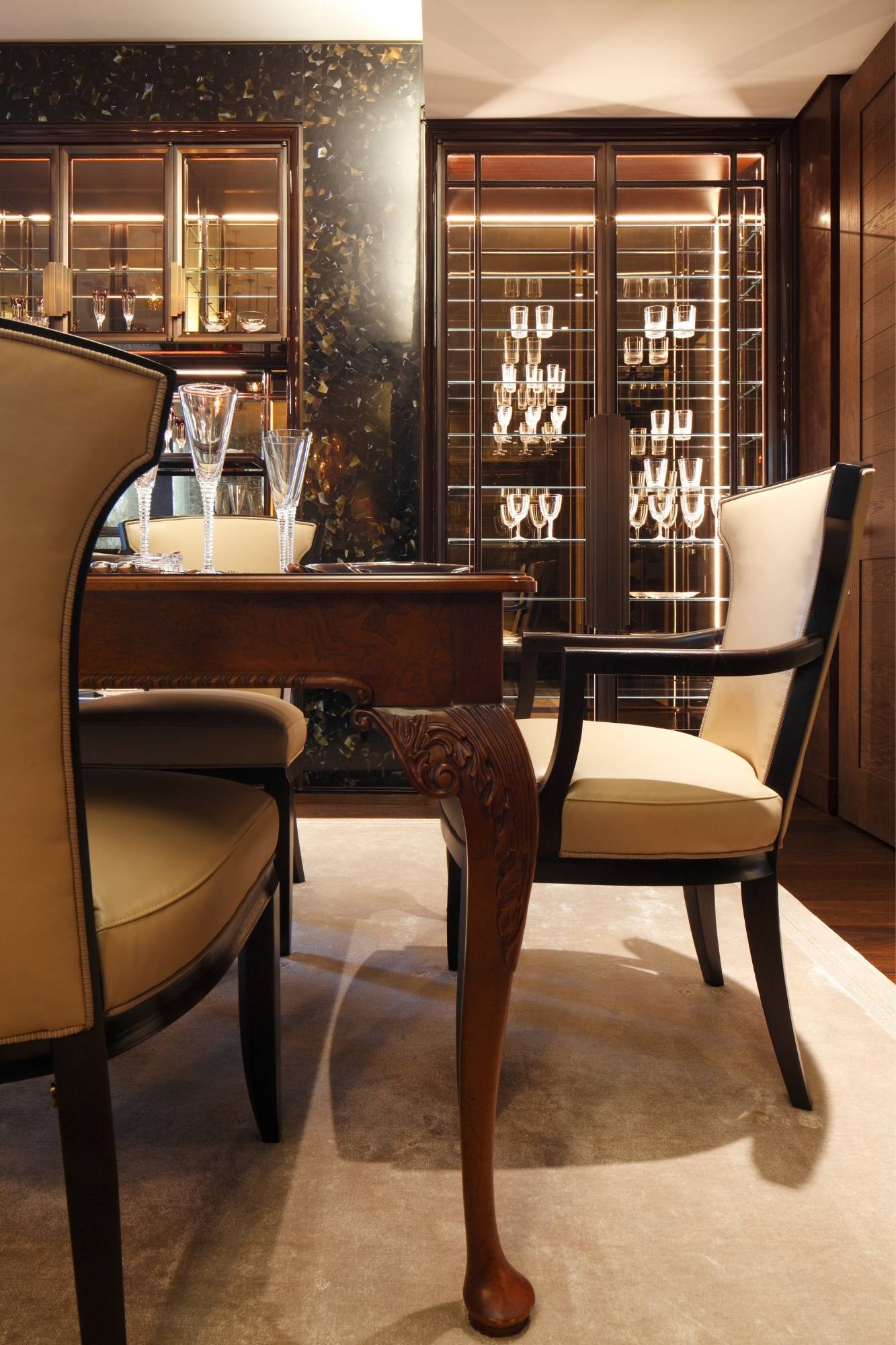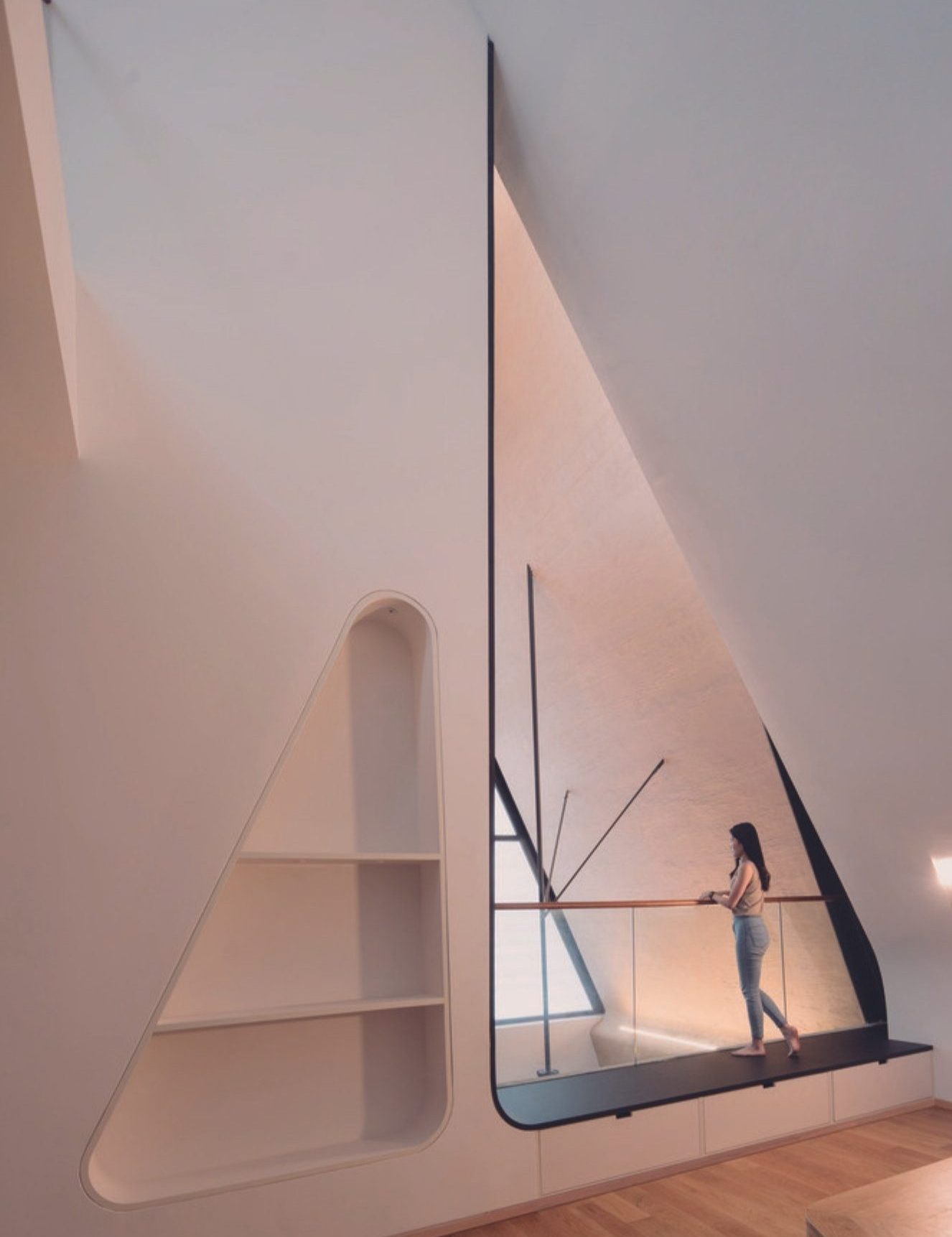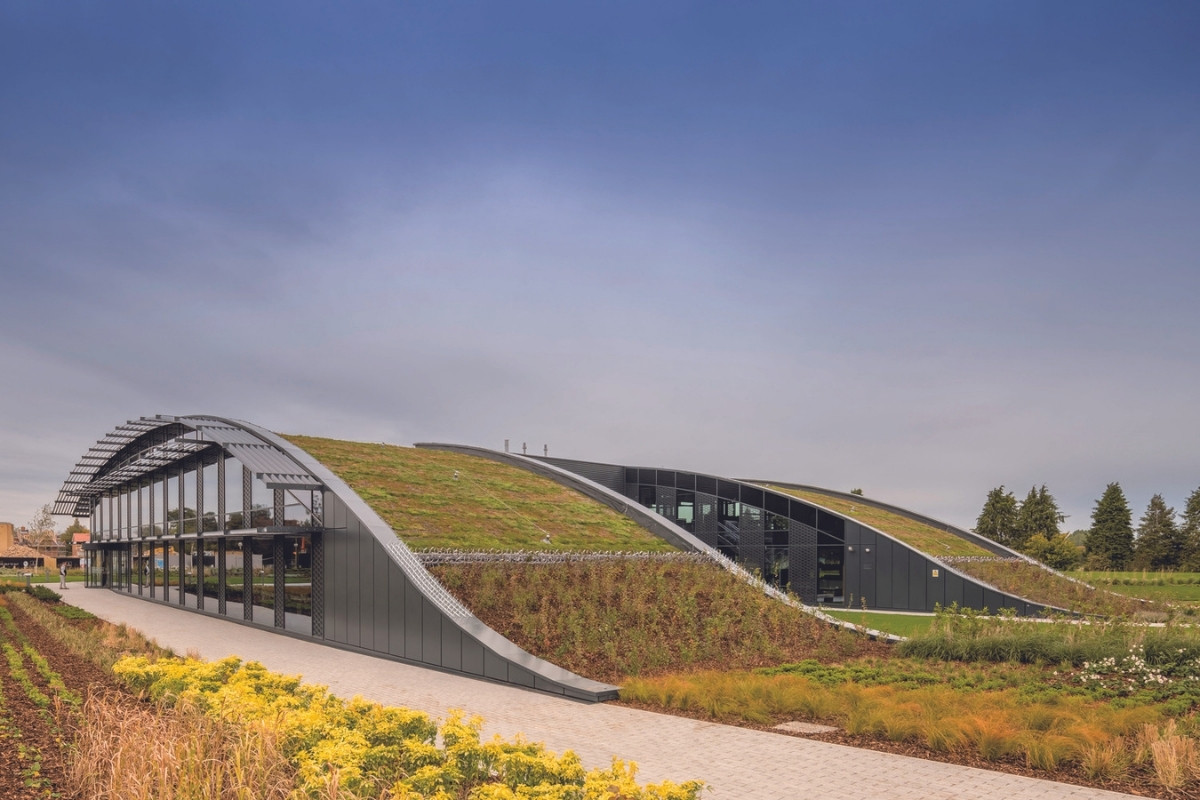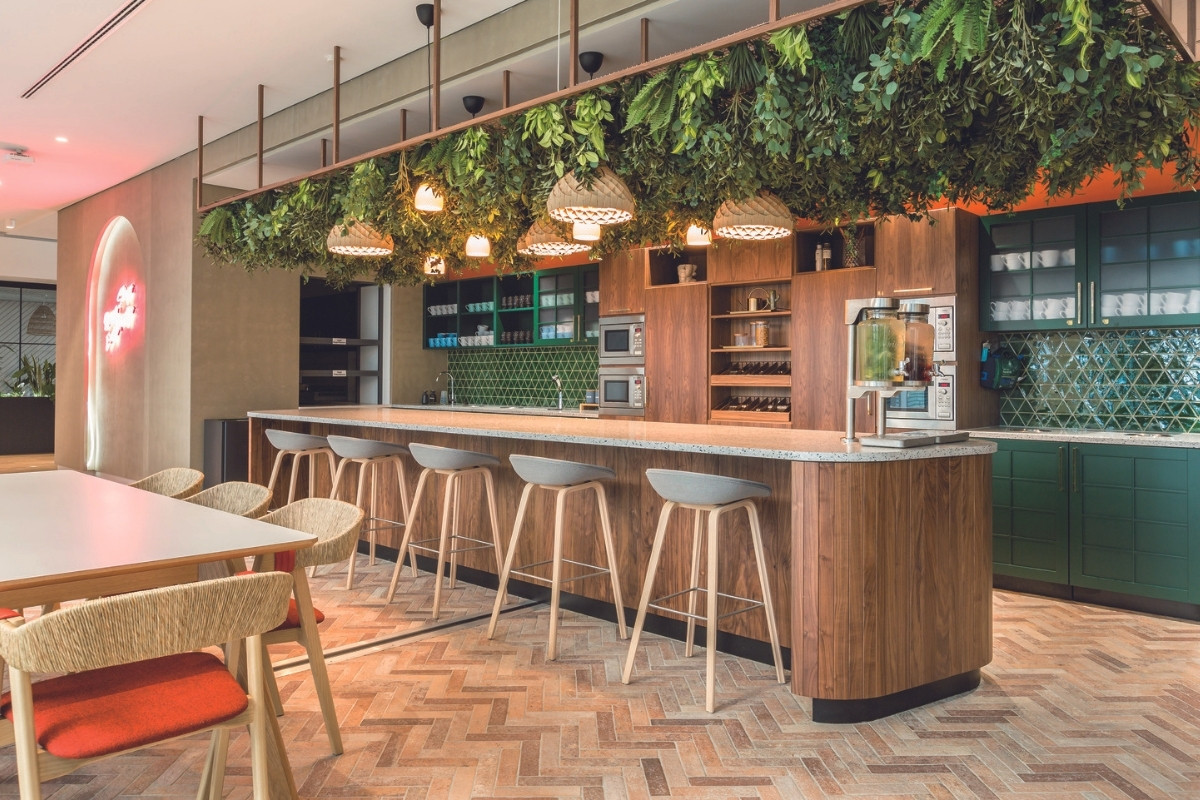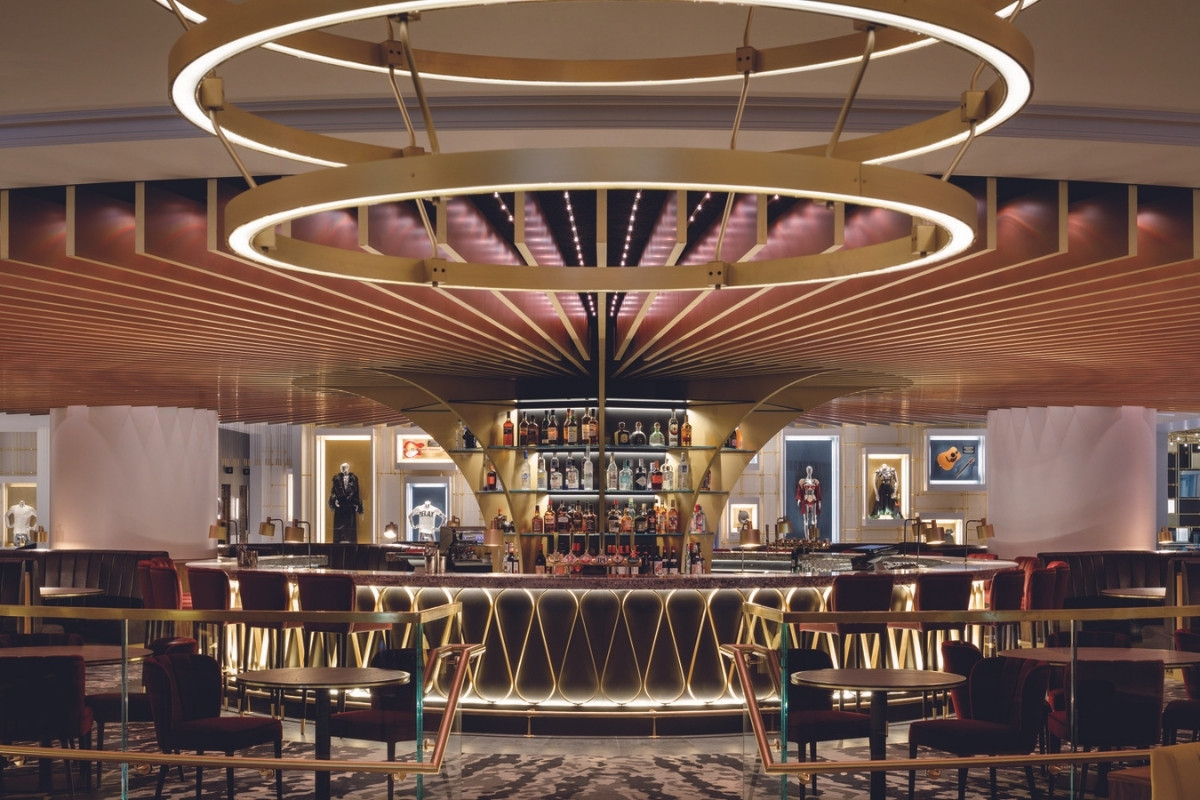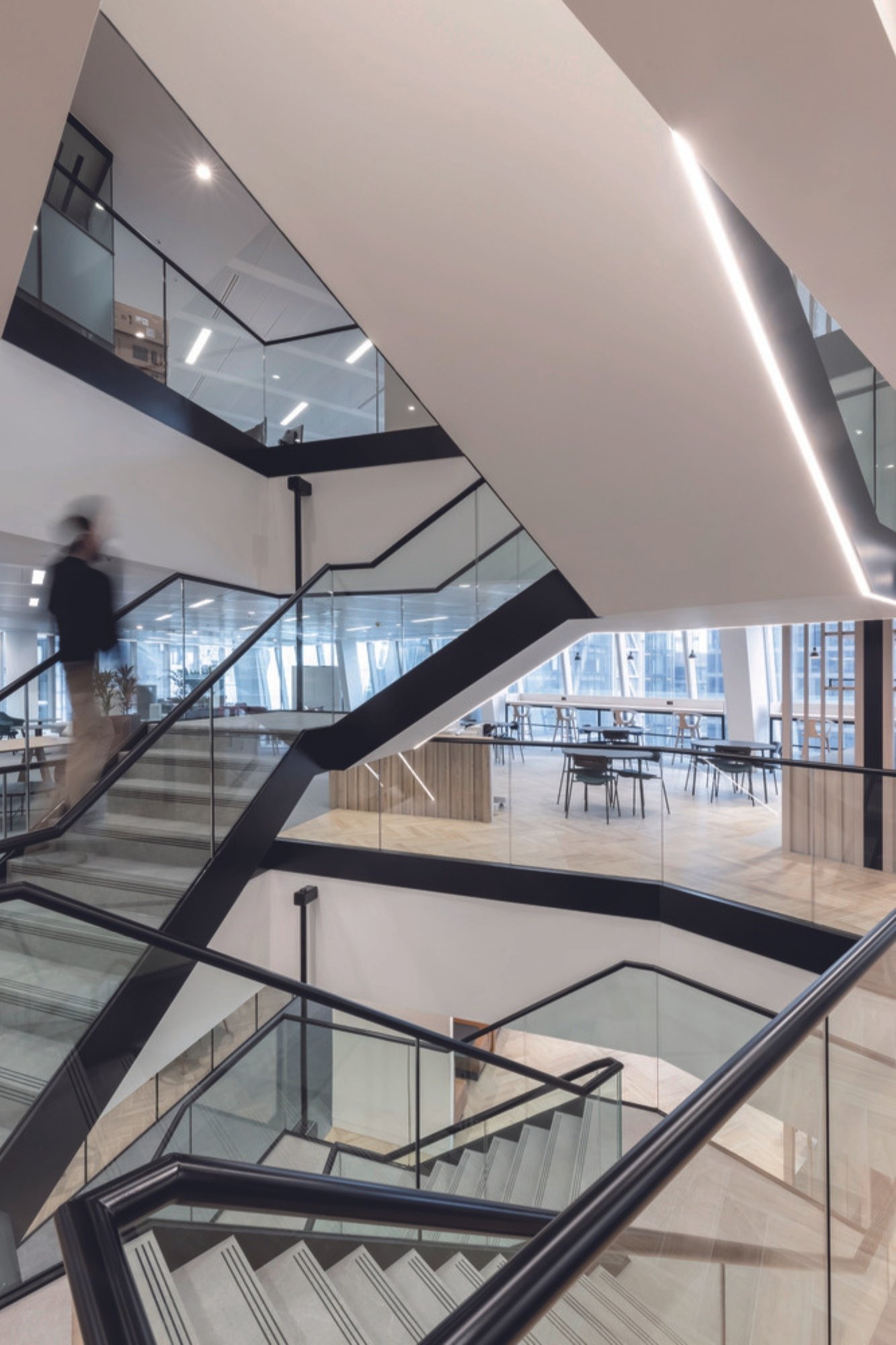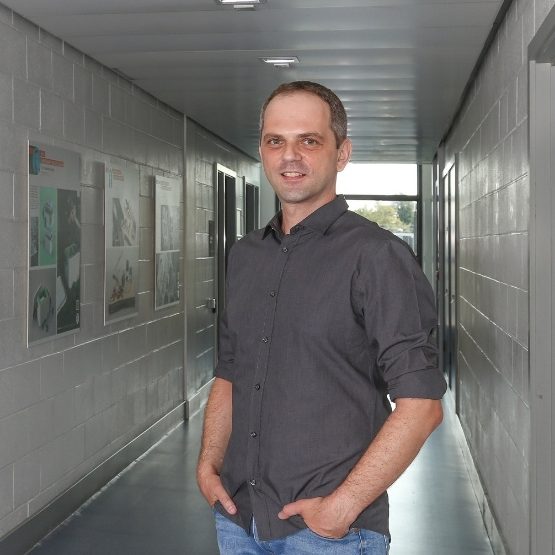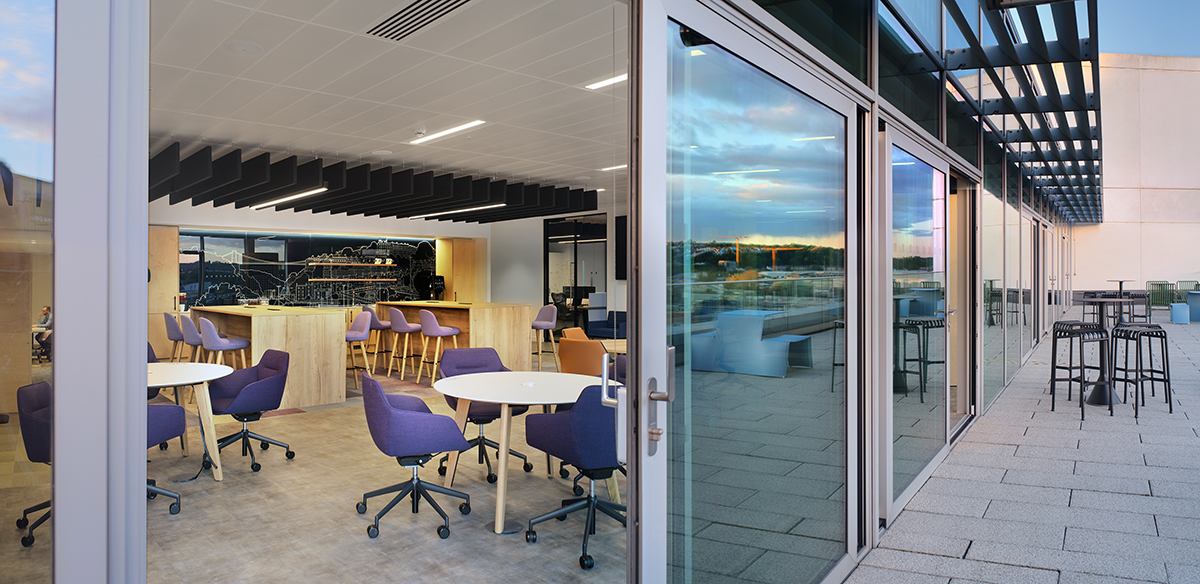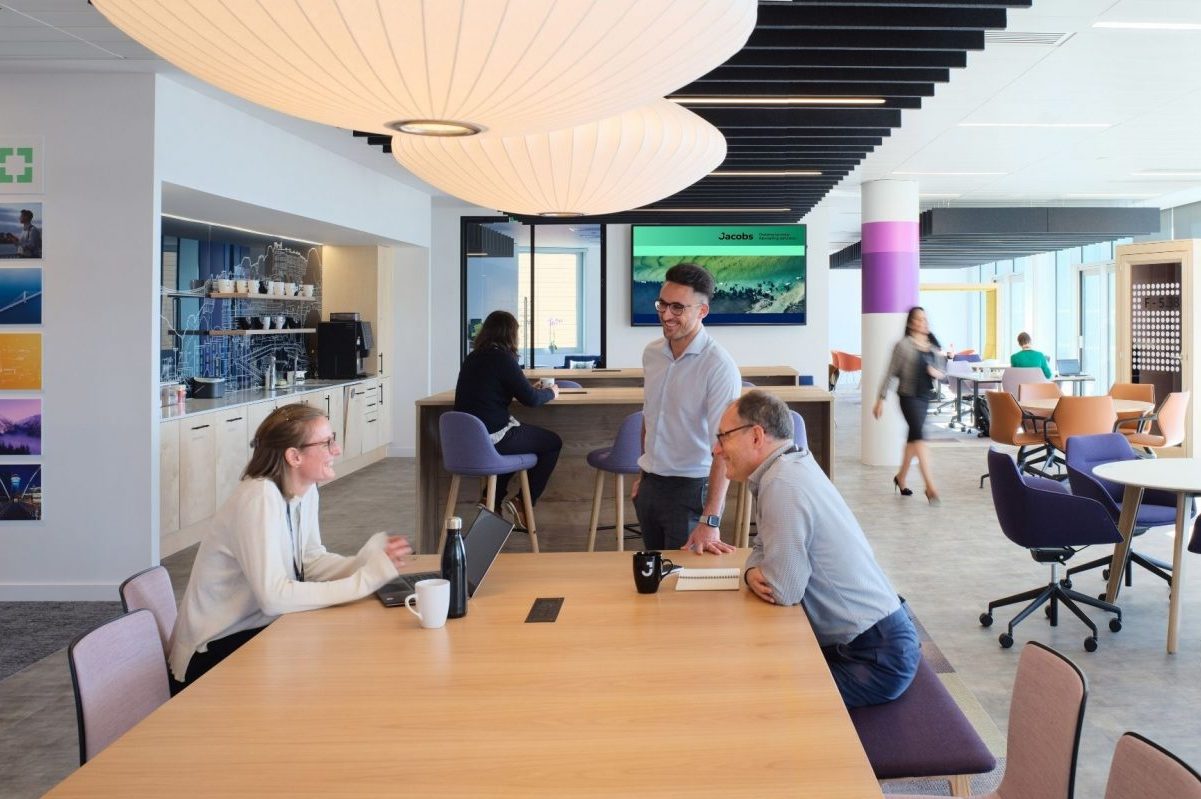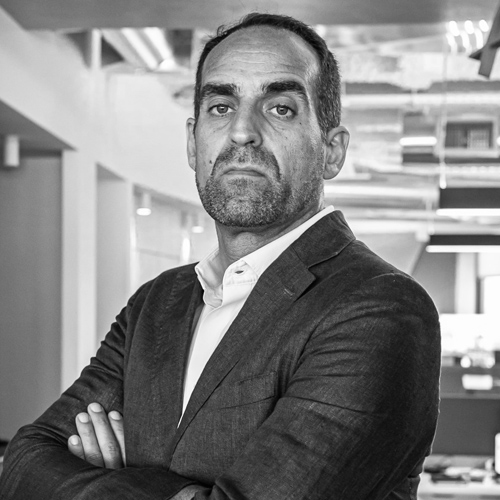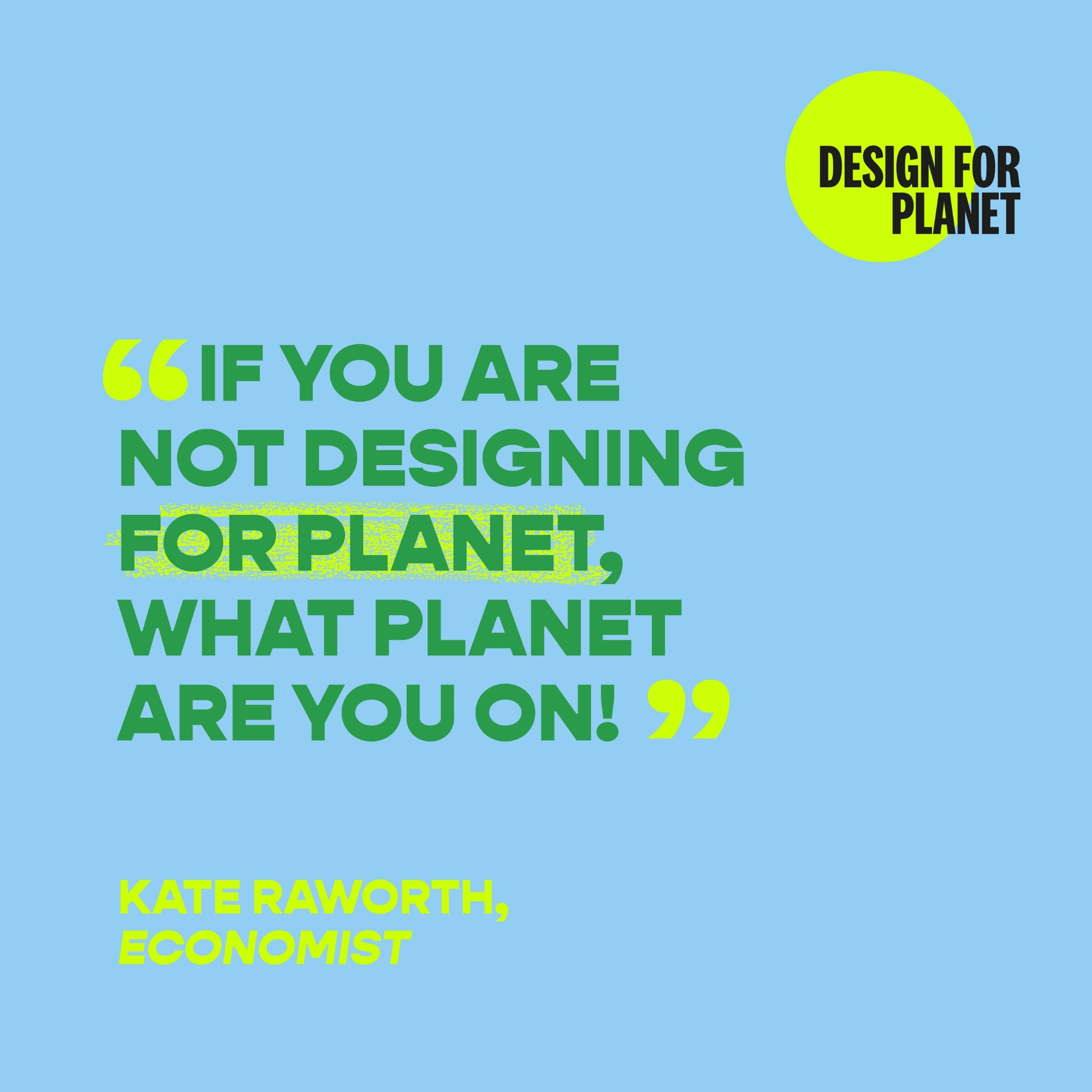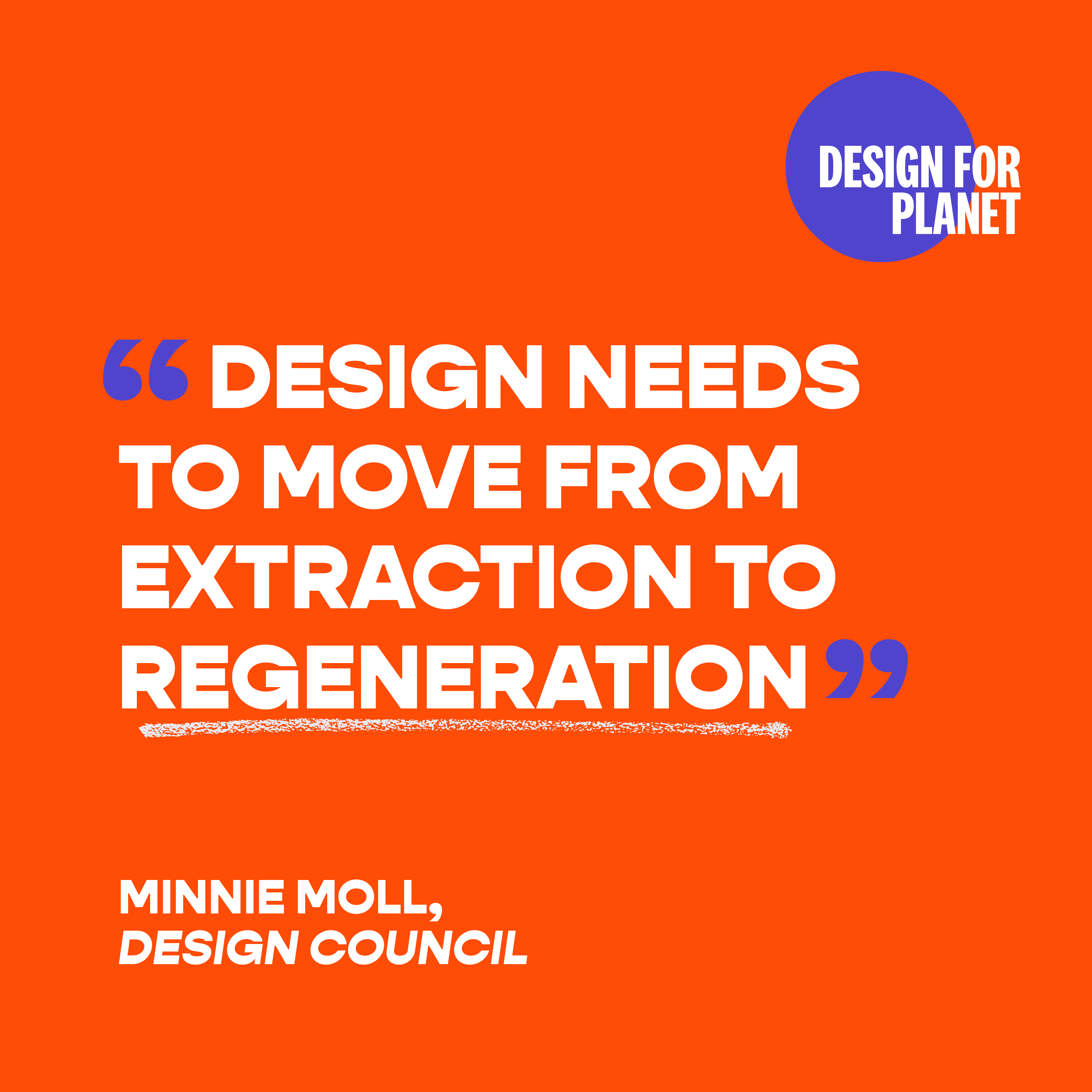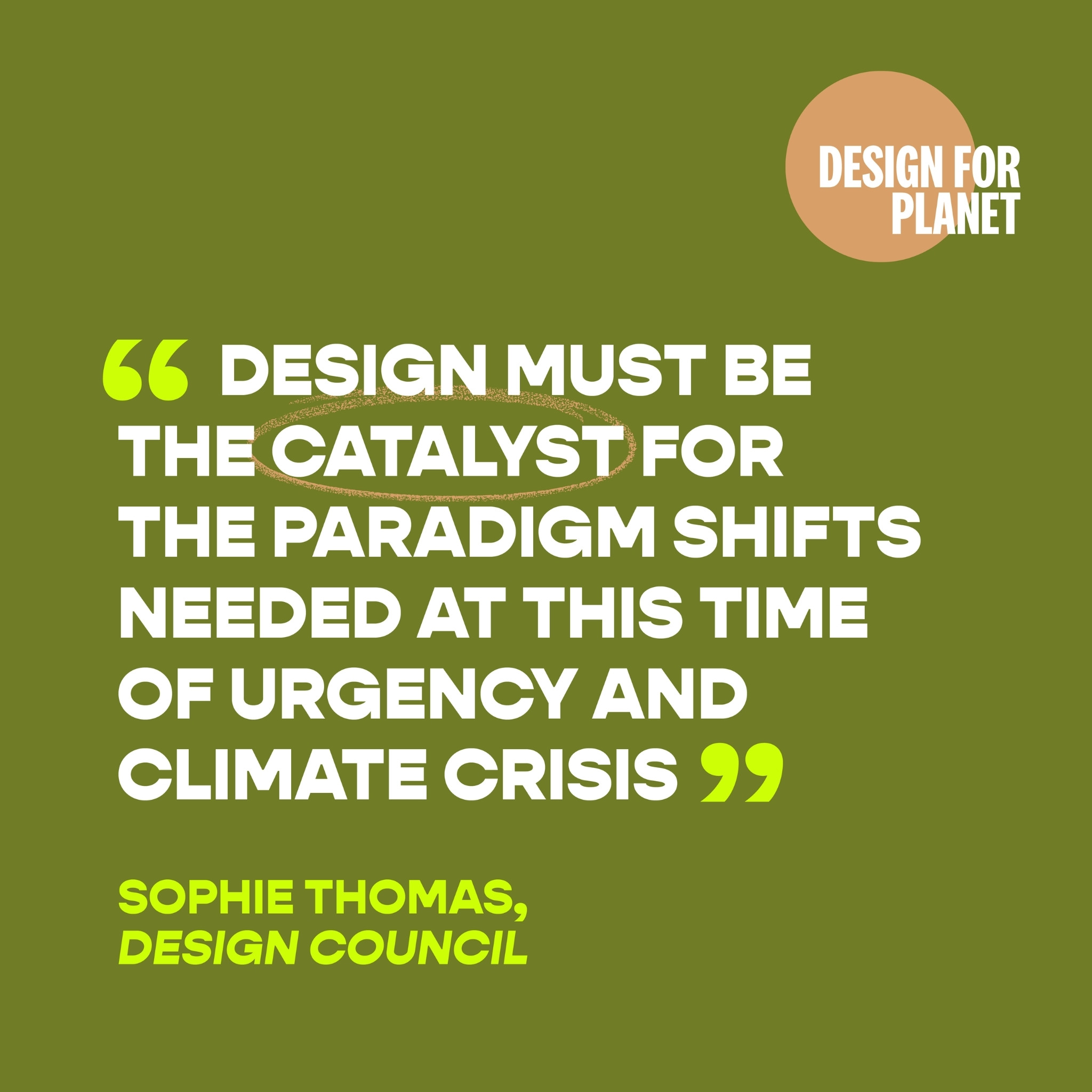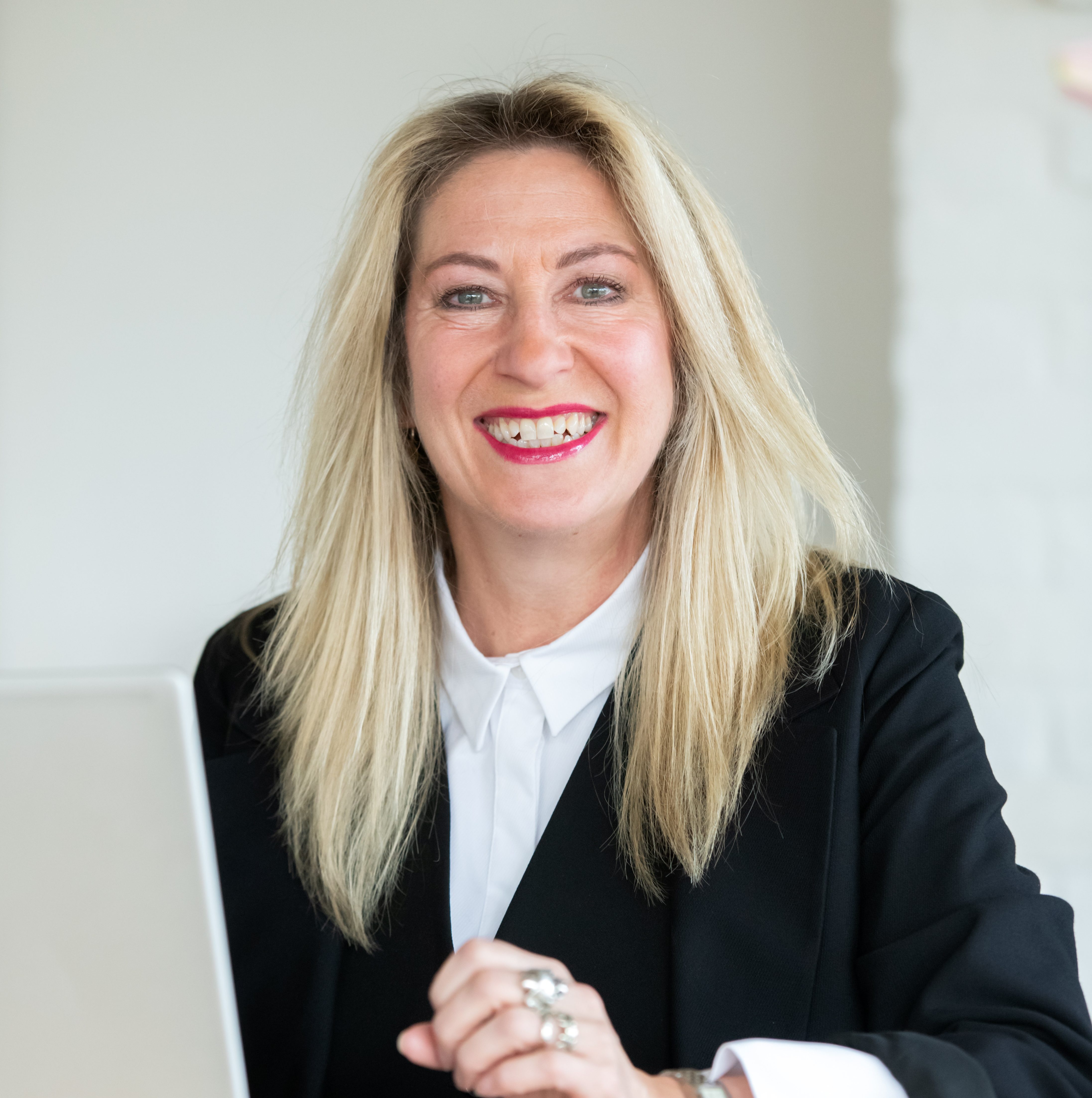Professional indemnity insurance
A must-have for SBID members, professional indemnity insurance is designed to protect you if a client claims they lost money because of problems with your work, your mistakes or negligence.
This cover can pay your legal fees, as well as compensation awarded to the client. It can also protect you against claims of copyright infringement, unpaid client fees and reputational damage.
You might see professional indemnity insurance referred to as PI or errors and omissions insurance.
Public liability insurance
In-person consultations in your office, visits to clients’ homes, trips to shops and showrooms – working as an interior designer often involves coming in close proximity to members of the public.
If you accidentally cause an injury or damage someone’s property while you’re working, public liability insurance can cover the cost of compensation claims and legal fees.
Employers’ liability insurance
If a member of staff gets injured or ill because of the work they do for you, employers’ liability insurance can cover your legal costs, as well as compensation awarded to the employee.
In the UK, this cover is a legal requirement for most businesses that employ other people – whether those staff are contractors, apprentices, full- or part-time employees, temporary or permanent workers.
Business equipment insurance
From everyday essentials to specialist gear, every interior designer relies on their equipment. Business equipment insurance can cover the cost of repairing or replacing your kit if something gets lost, stolen or accidentally damaged.
It can cover items that stay in one place (such as machinery), as well as portable equipment like laptops and smartphones. And if you have employees, it can also cover their items too.
Cyber insurance
There’s a common misconception that only large tech businesses are affected by data breaches, cyber attacks and hacking. In reality, these are risks for any business that uses technology and the internet.
Designed to protect you from these risks, cyber insurance can cover your legal fees, compensation claims and costs related to notifying those affected. It can also provide protection in the event of extortion, breaches of data protection laws and financial losses caused by system downtime.


